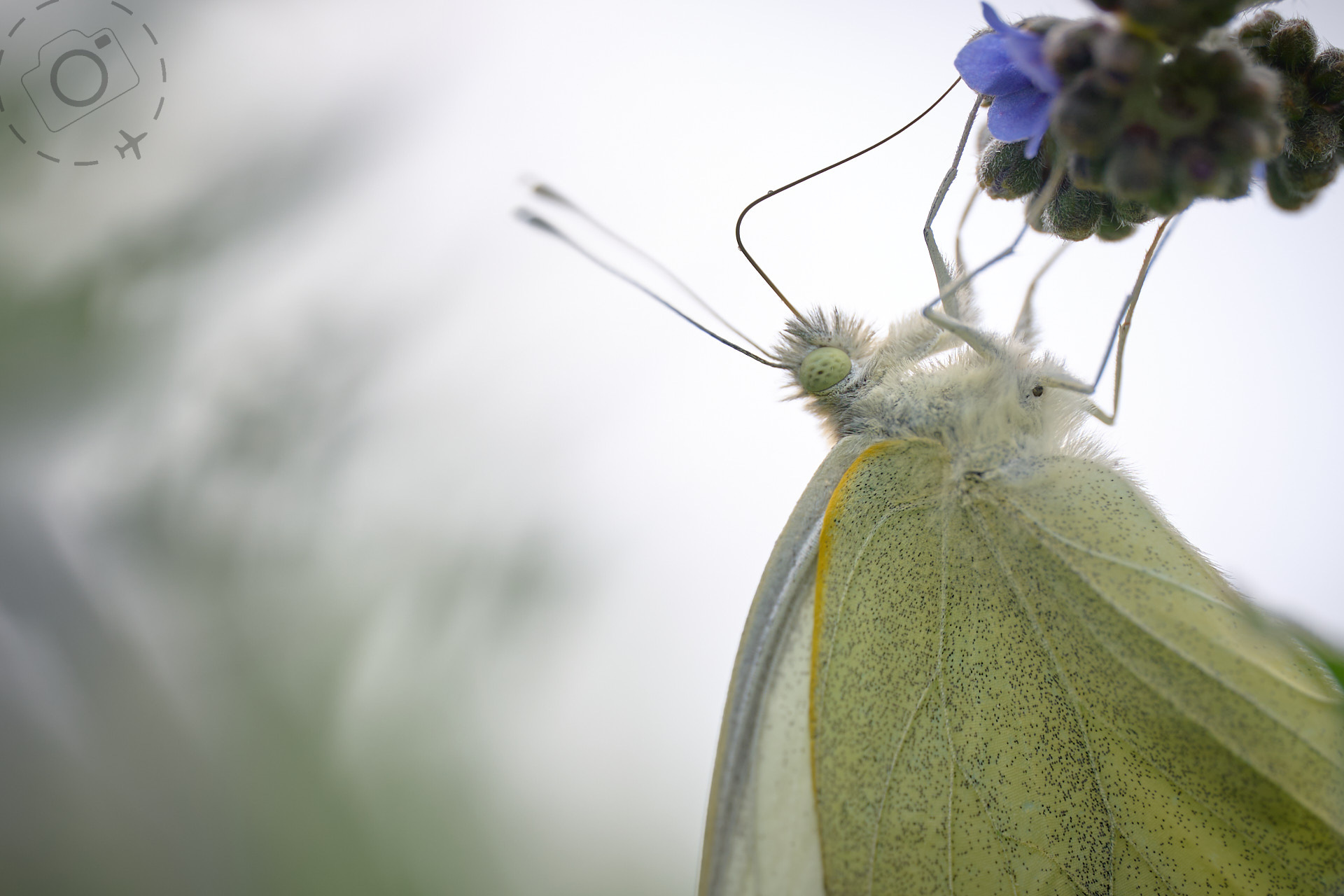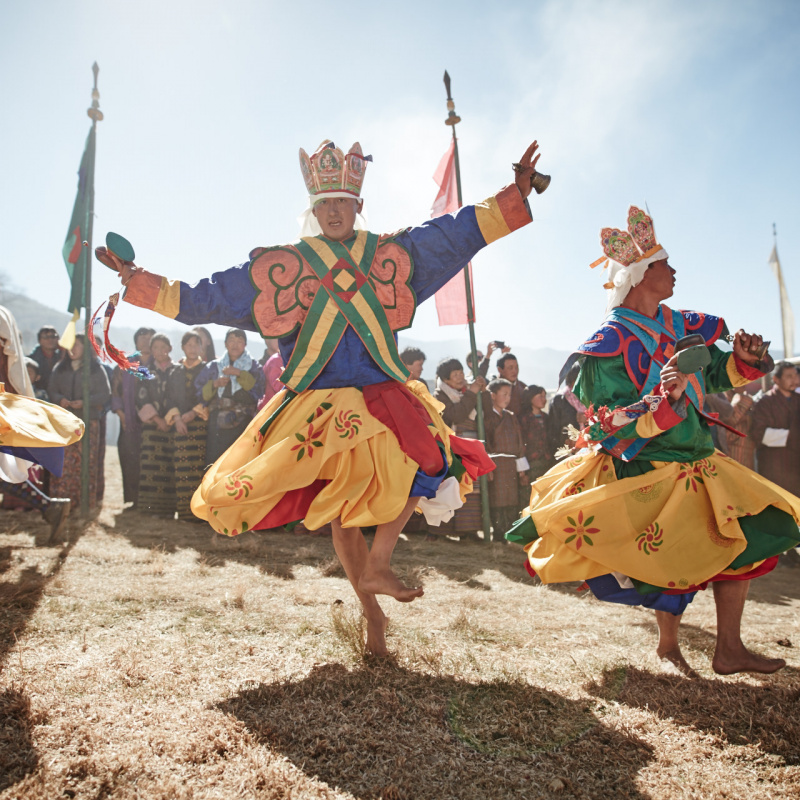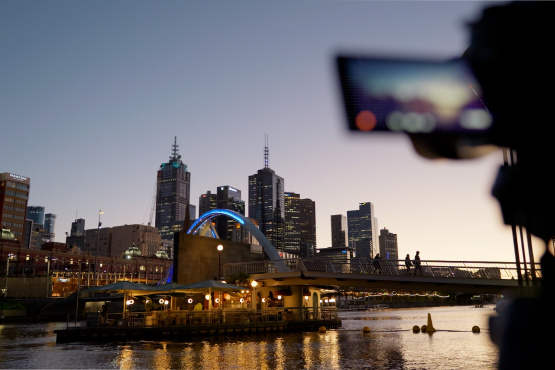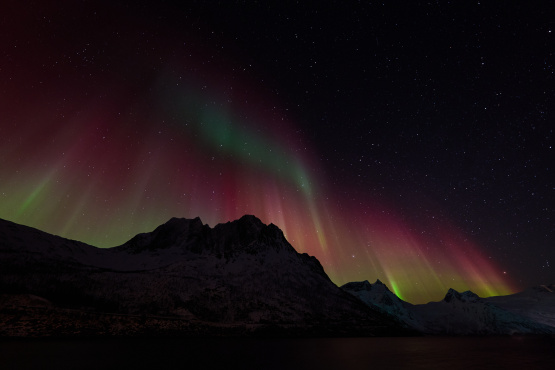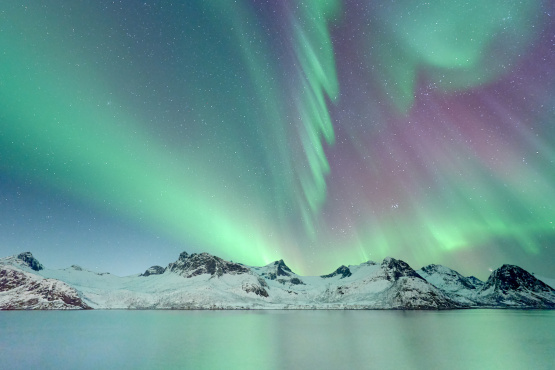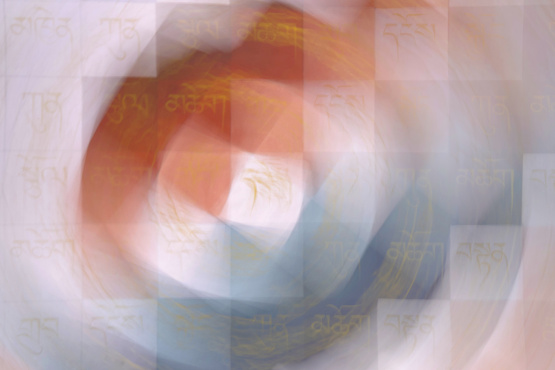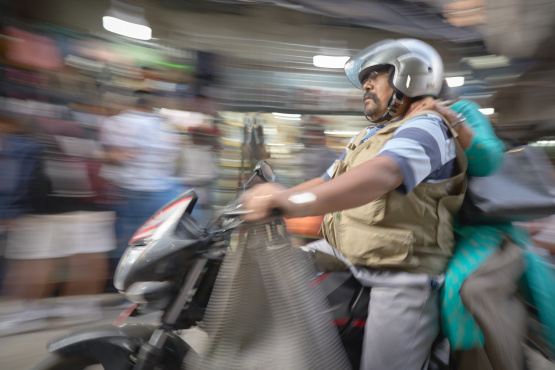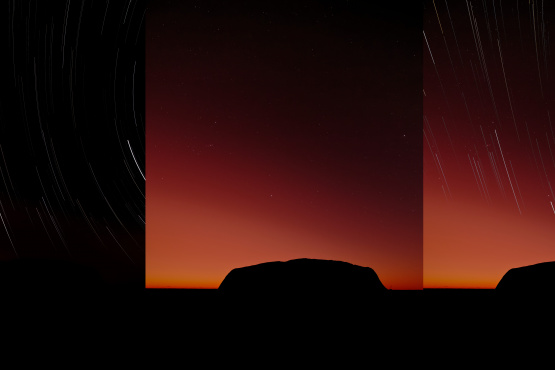TINY WORLDS
I love nature even though it's terrifying and given the chance will kill you. I like short walks in the wilderness. I like listening to bird song. I like chance encounters with wallabies. And I like butterflies. Until recently I had overlooked the stunning world of the Lepidoptera. The name means "scaly wing", a detail which I've grown to appreciate in awe and amazement.
I went shopping for a macro lens recently on a whim. I like to treat myself to a new lens once a year, and while I had no specific plans for the macro I knew it would be handy while travelling in the outback. Sometimes I lack the mood for either landscapes or portraits, so the world of macro opens up a new frontier for those times when patience is abundant. The lens I ended up with is the L-Mount version of the Sigma 105mm F2.8 Macro, and I love love loved having it in my kit for the outback trips earlier this year. So when I packed my bags for Bhutan this month I decided there might also be some Himalayan treasures to seek out in the miniature world of macro. And I was right.

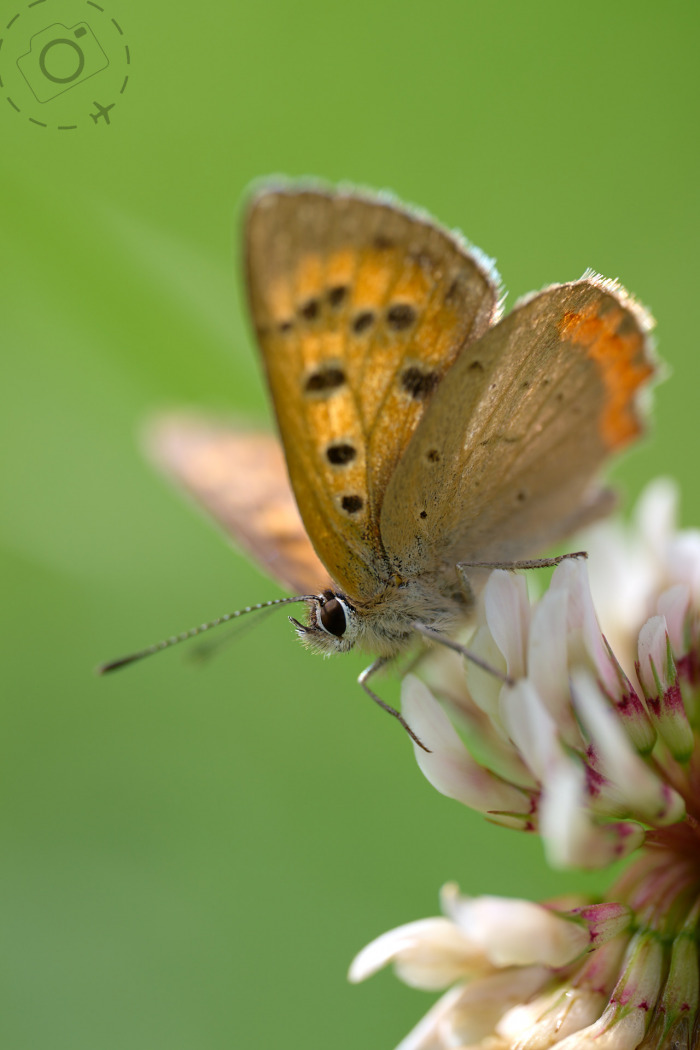
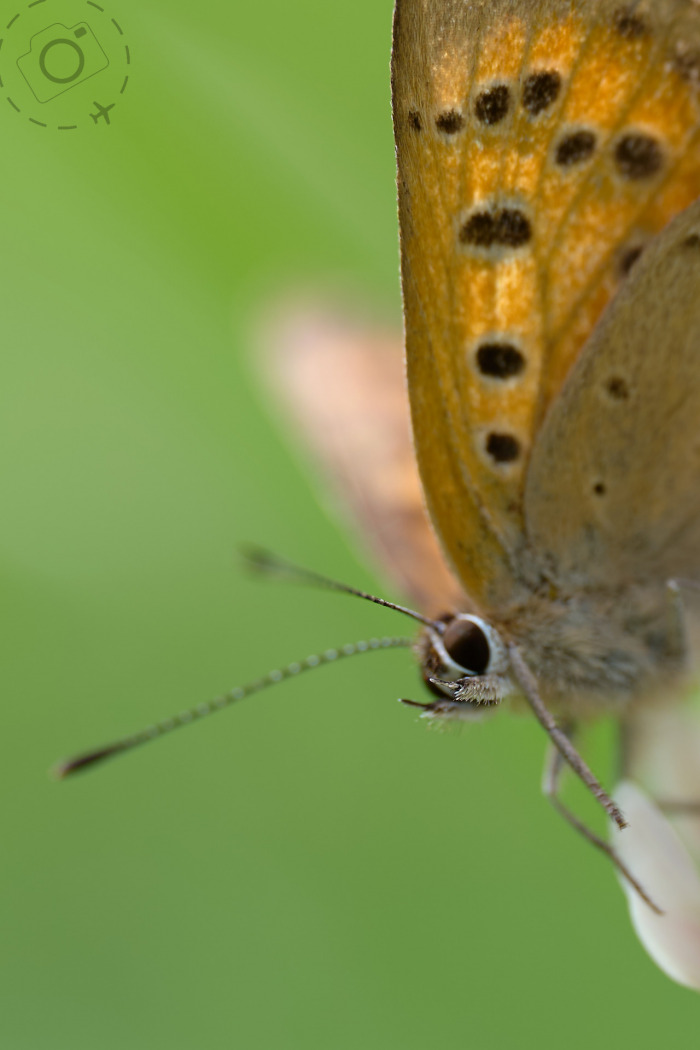
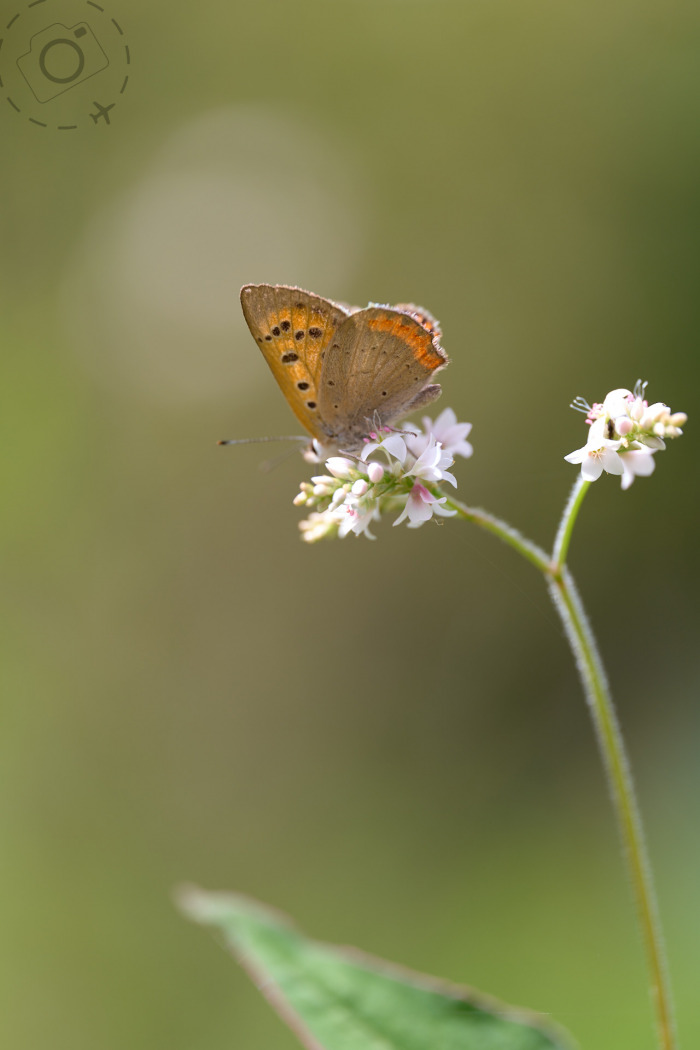
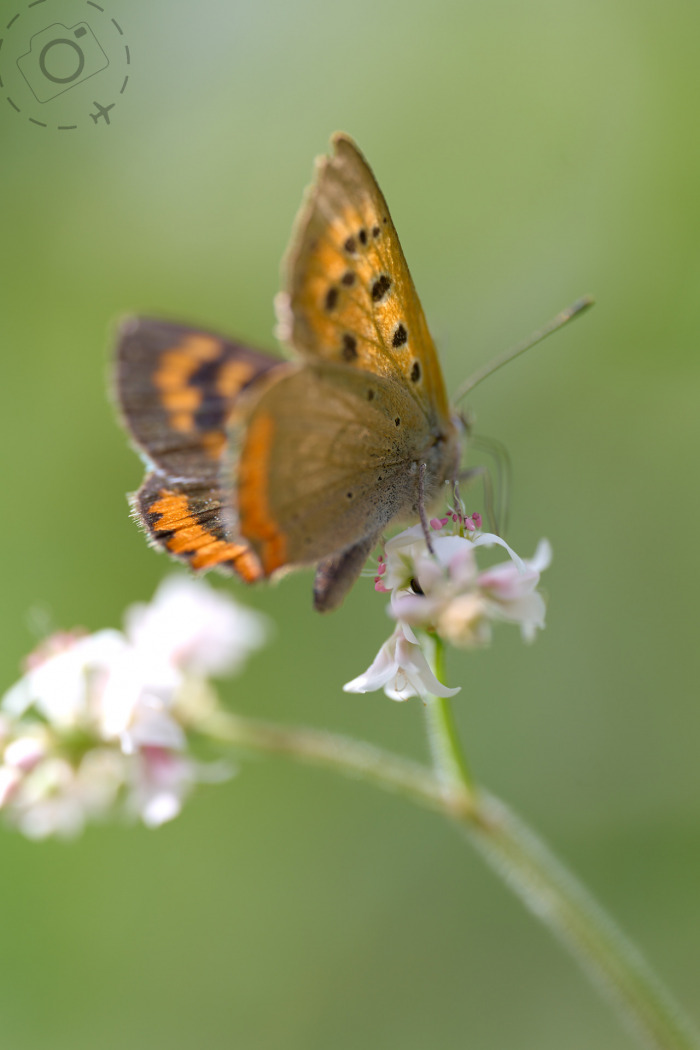
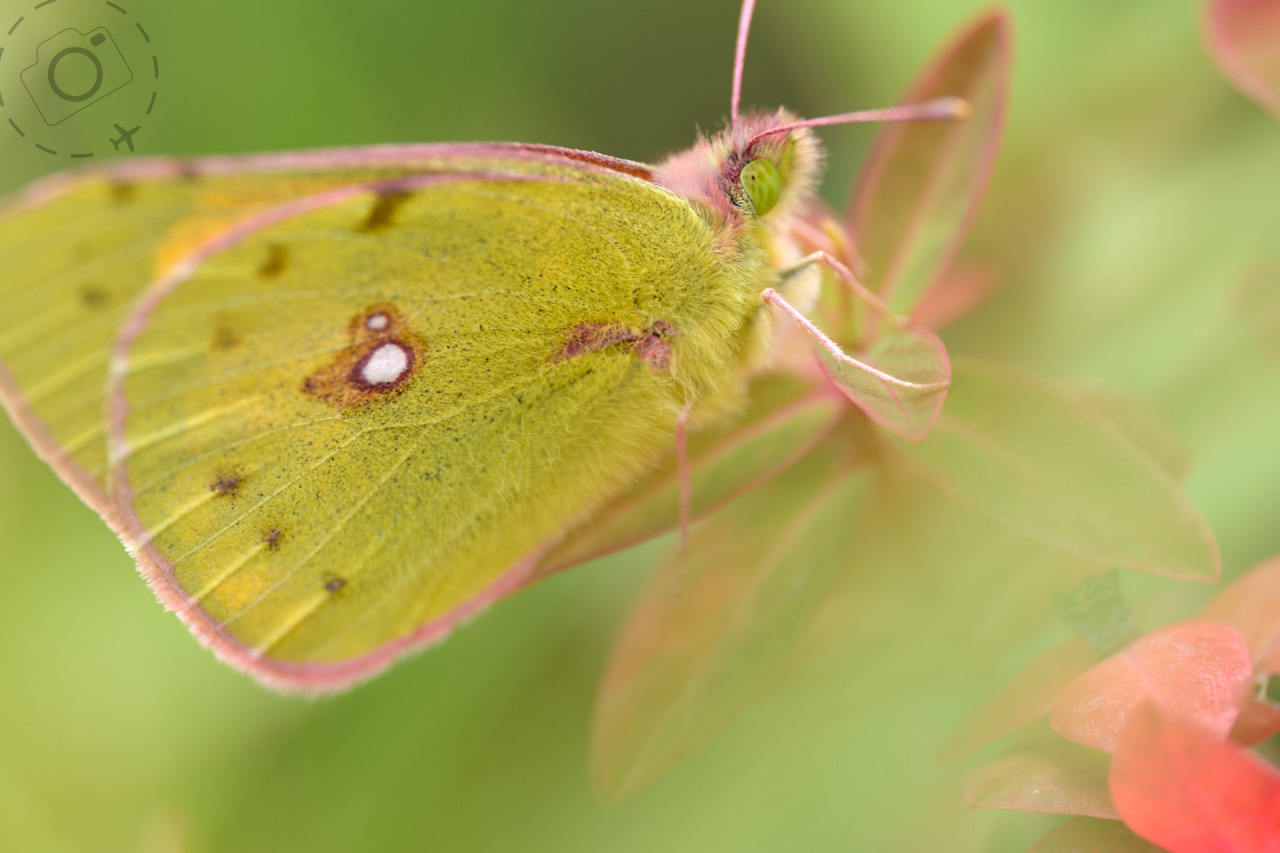
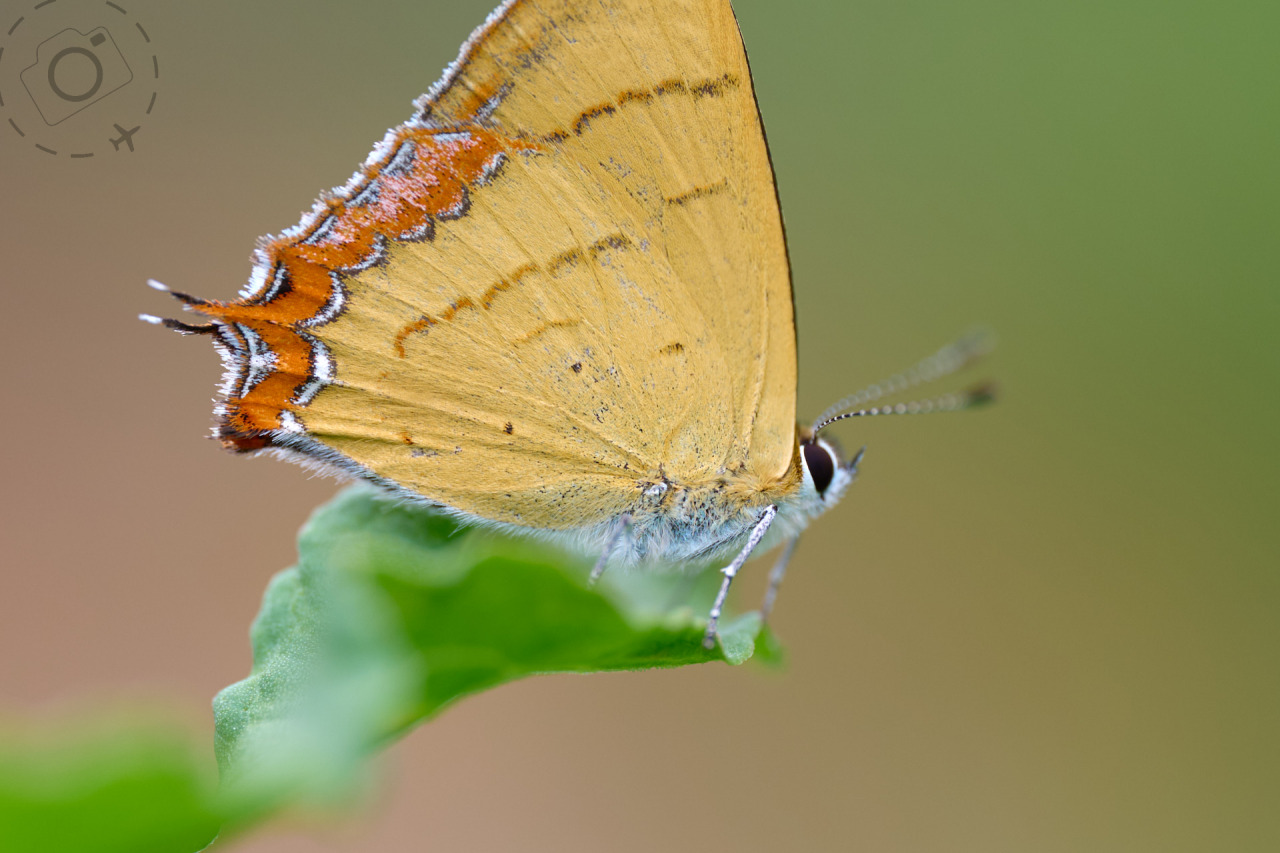
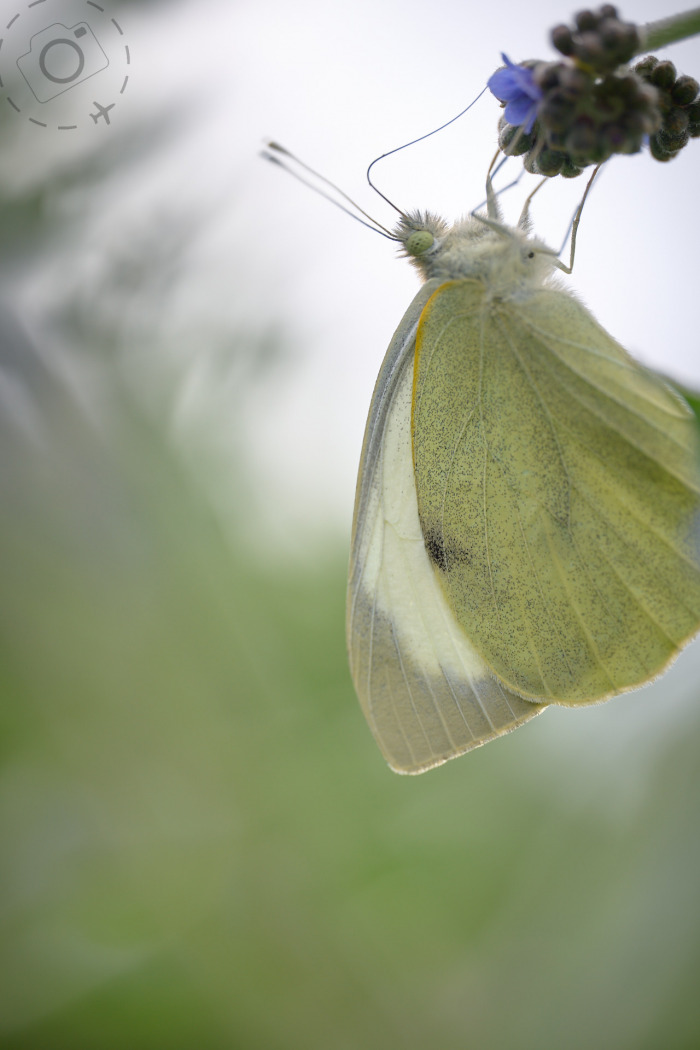
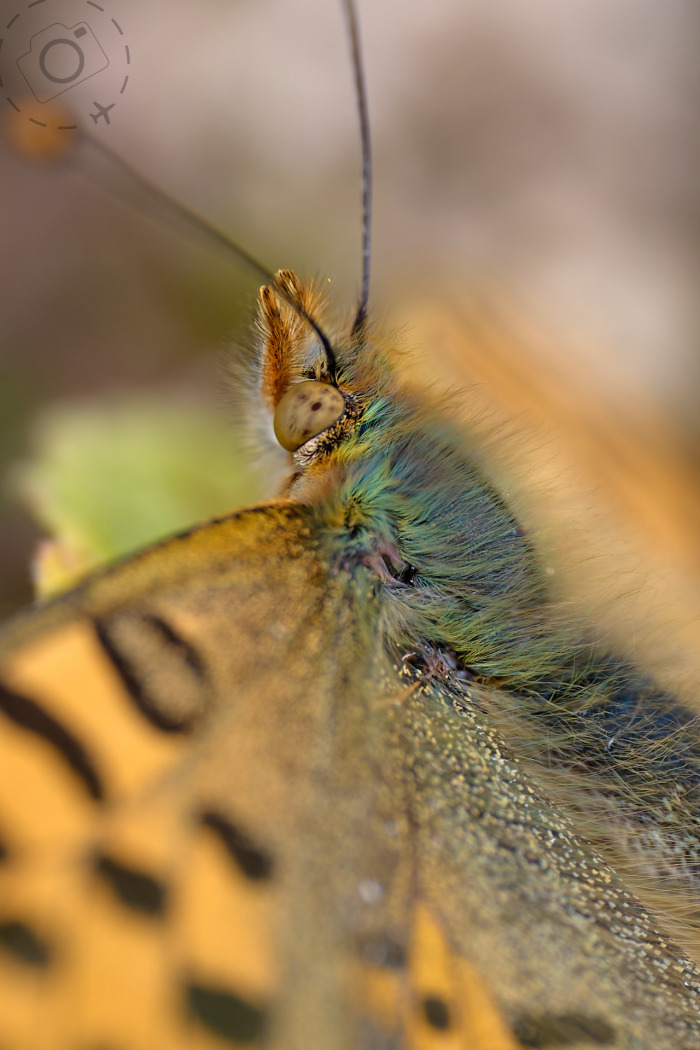
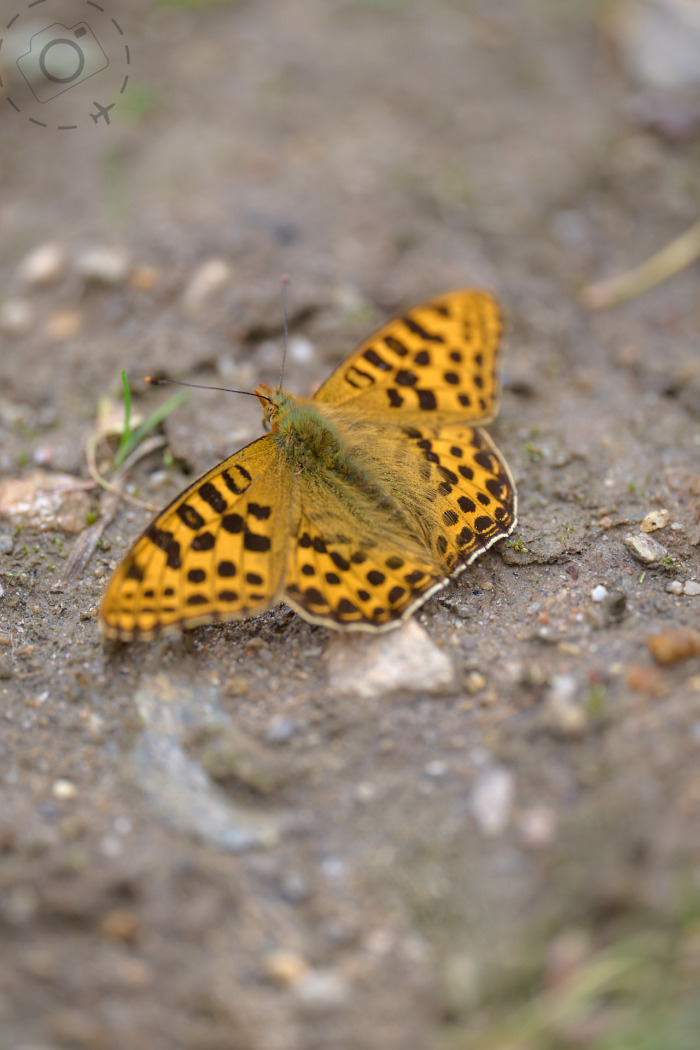
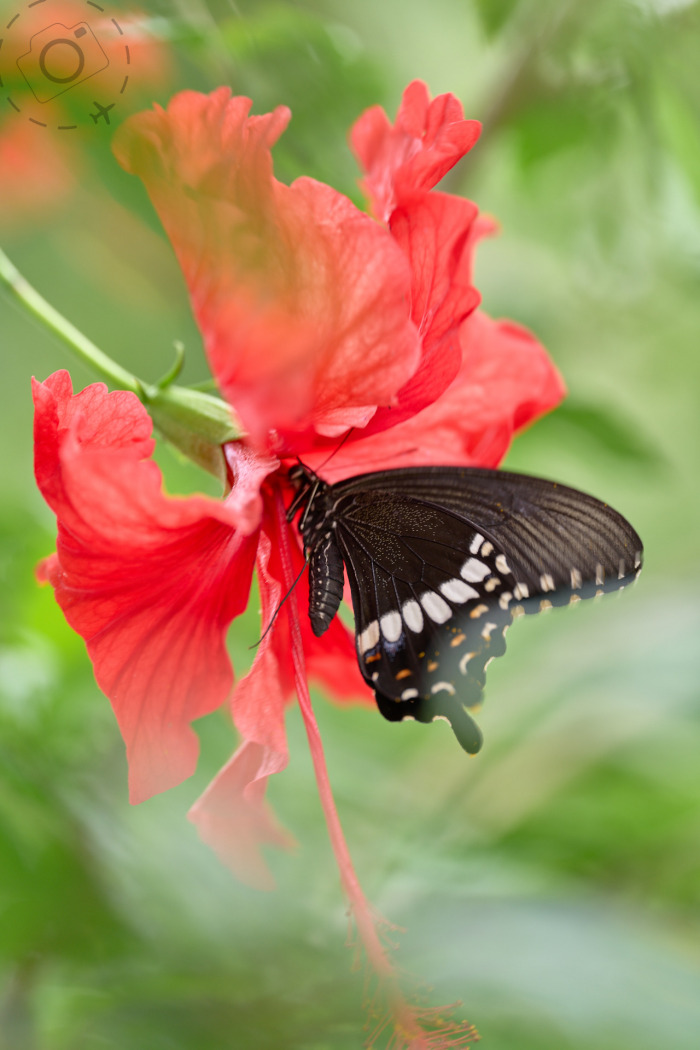
DEVILS OF DETAIL
The problem with a really good macro setup is that it can ruin an otherwise pleasant walk. You stop every 10 metres to photograph something new and amazing. A flower. A fern. A fly. Yes even flies can be astoundingly fascinating when you get up close. As can beetles with their metallic paint jobs, or spiders with their creepy multitudes of eyes.
Butterflies however are beyond comprehension once you get close enough. Their wings are literally made from coloured scales and their eyes are colour coordinated with their wings. Some have mega hairy heads that resemble a very unlikely alien monster. Most will land on a flower and instantly close their wings, hiding all the brilliant hues and offering up camouflage or maybe mimicking a leaf.
Some let you get super close. They're too busy sucking nectar to care about the lens. Some are unhappy with anything hovering directly above. Some will flutter from flower to flower, suggesting they are about to settle down but then dart off before you can even commit to the chase. Some never actually land at all, instead hovering and taking micro sips from each flower. I love their innate tendency towards random variations in flight patterns. Learning which ones will land and chill, and which ones will lead you on a dance through the forest, is part of the joy.
CREATIVE JOY
I feel silly for having waited so long to get a macro lens. I've written articles many times about converting your telephoto to macro with a simple extension tube. Yes this works and delivers quality images, but it's making composition a lot harder. Not only do extension tubes restrict your effective range of focus, but shooting with a big chunky telephoto is not always convenient not creative. Having a dedicated lens that transitions from distance, to close up, then to macro has opened my eyes to far more creative compositions.
Getting flexible angles on the subject and the light is my main objective. The flip screen on the LUMIX S5II plus it's amazing internal stabilisation means I'm getting a lot of keepers.
It should come as no surprise that DIVERSITY is what I'm striving for when chasing butterflies about in Bhutan. When I first encounter an unfamiliar species I am keen to grab a photo, sort of like collecting marbles and getting excited about a new colour scheme. There are about 670 different butterfly species in Bhutan, so variety is a given here. But I want much more than diversity in species, I want diversity in composition and light. I want to find new ways to elucidate the details and beauty of these delicate creatures. Naturally, shallow depth of field and some buttery bokeh are my foundations for creative composition. The Sigma 105mm F2.8 Macro delivers just that.
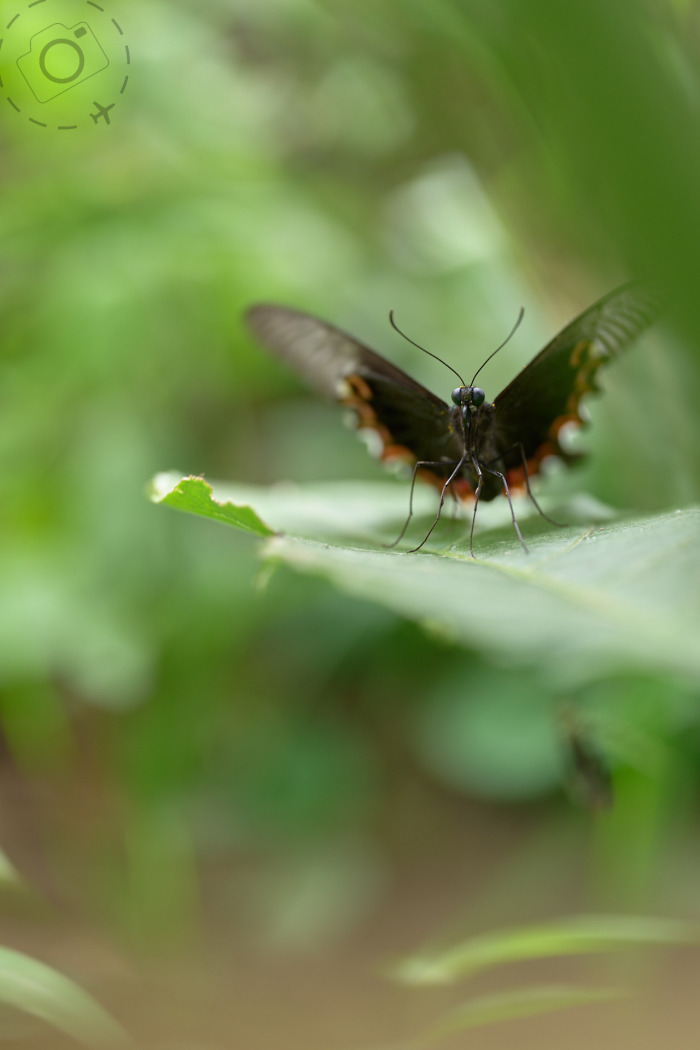
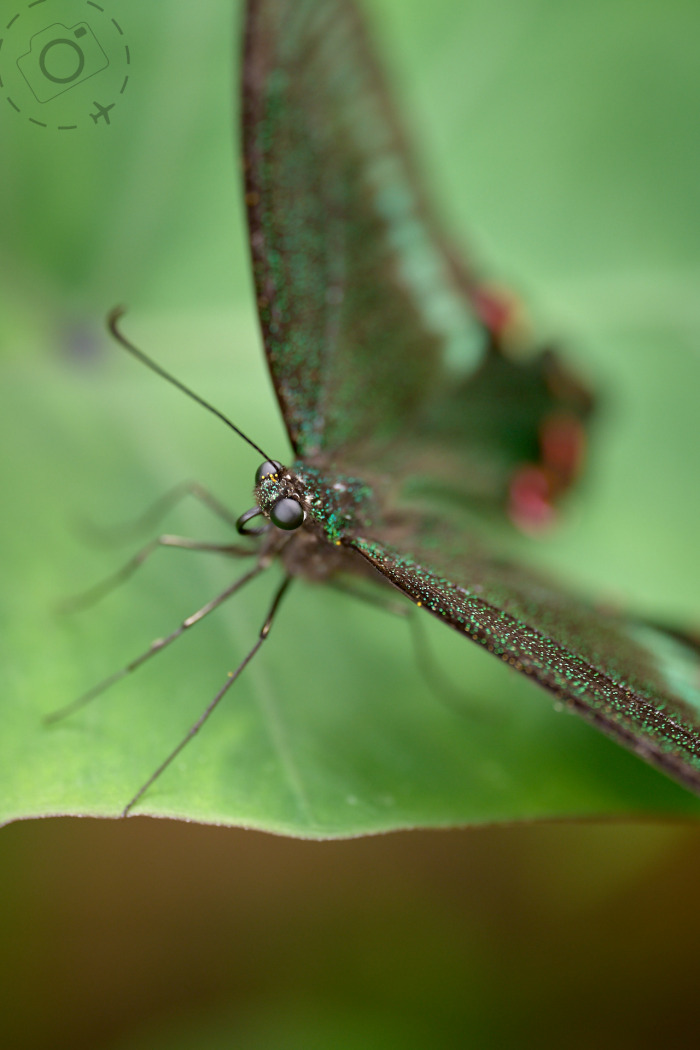
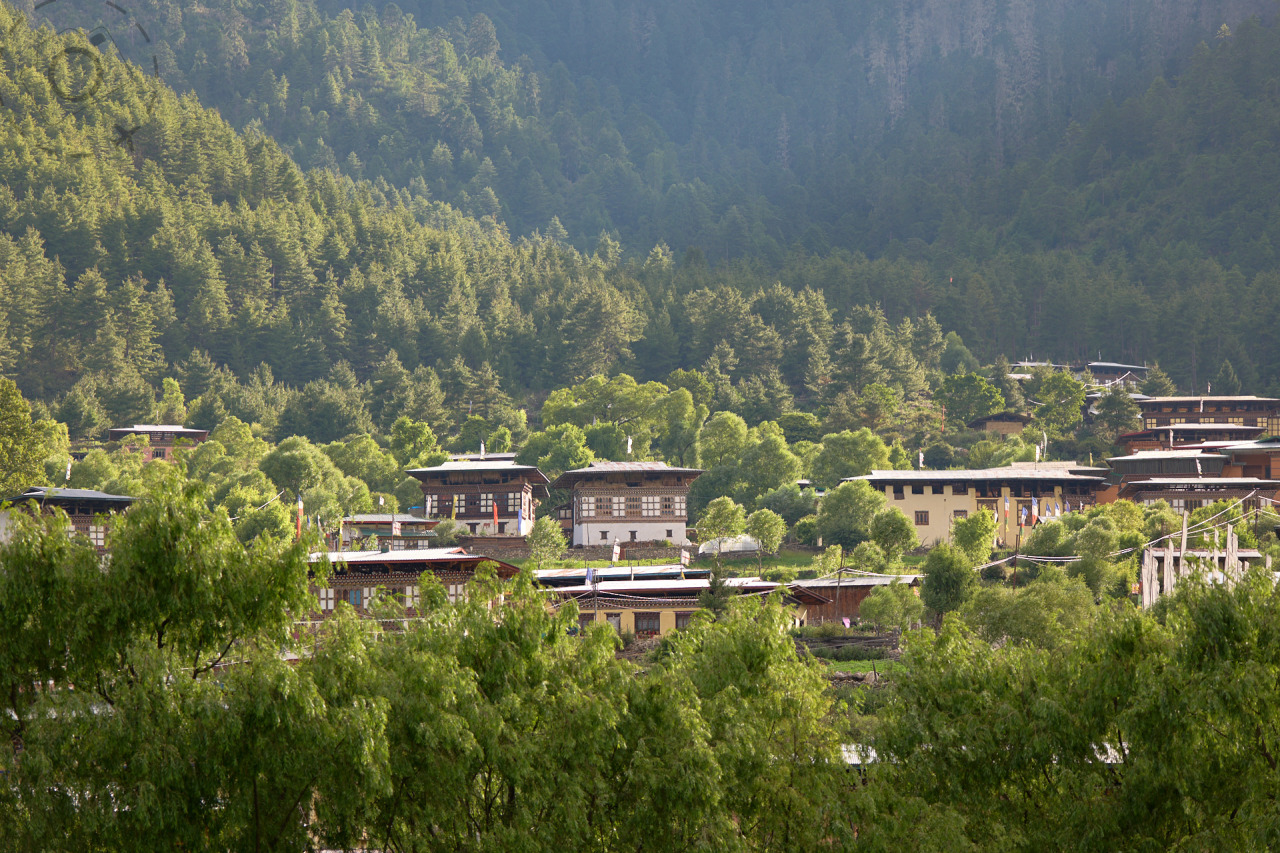
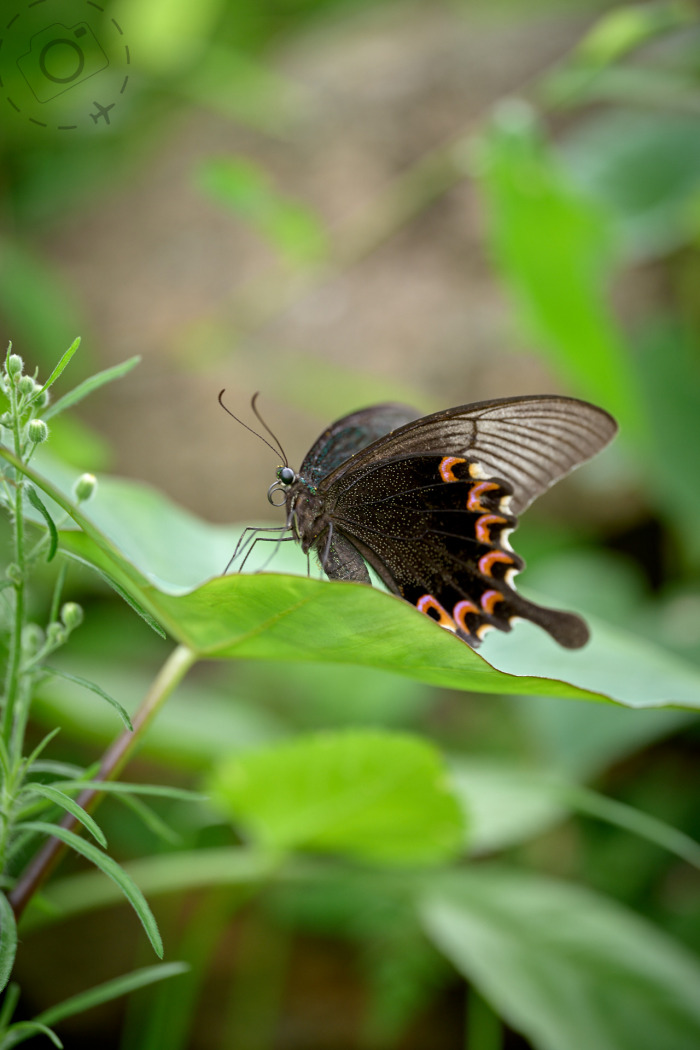

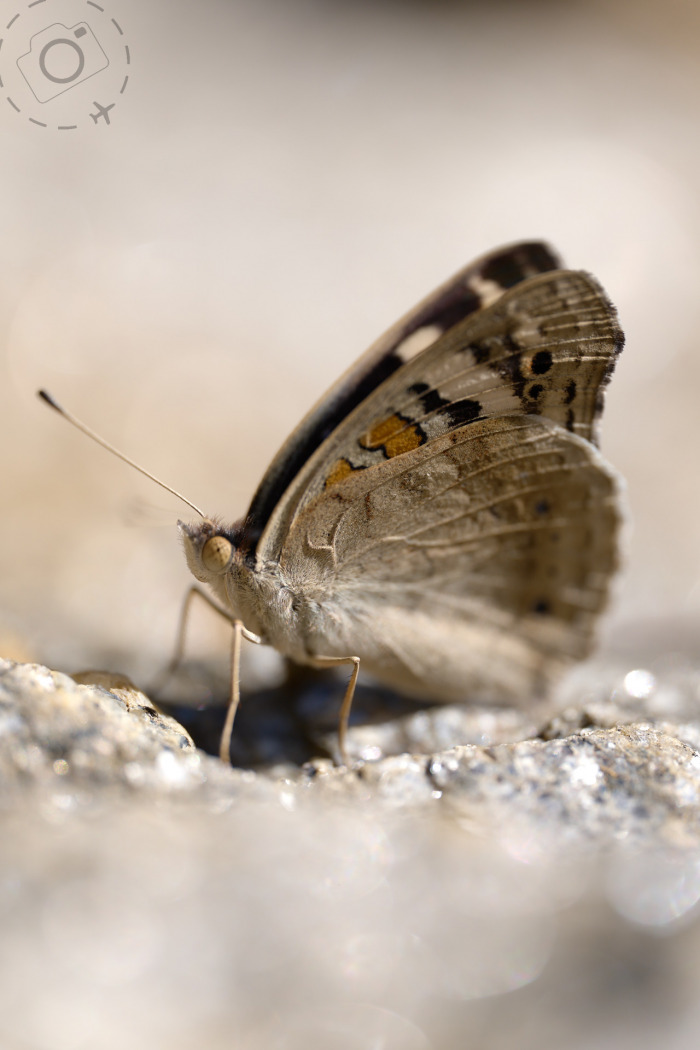
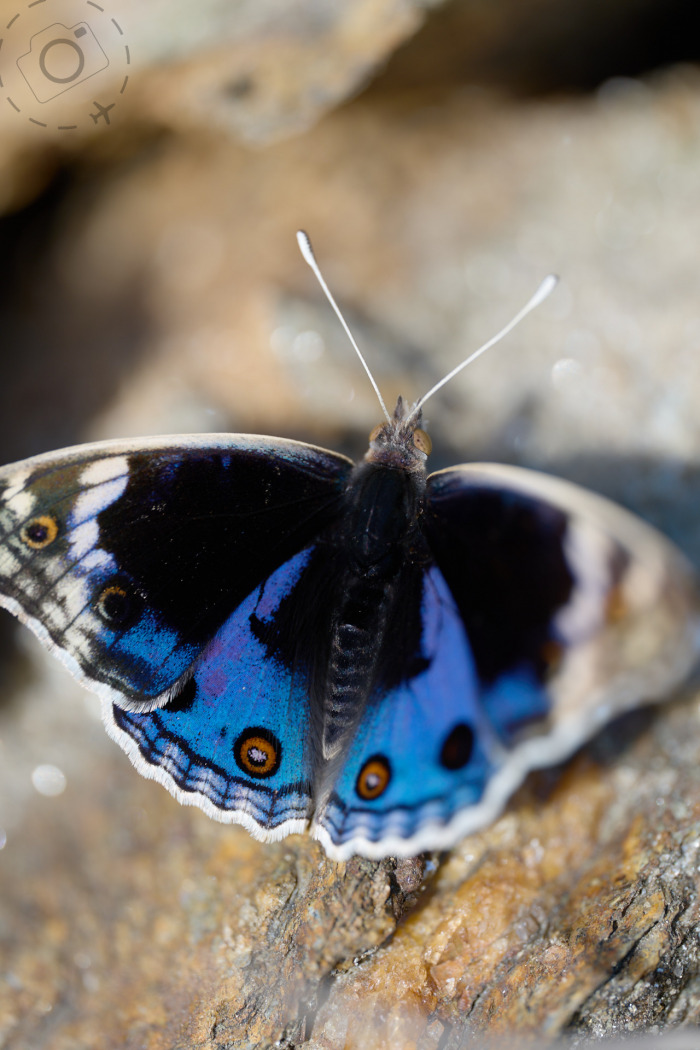
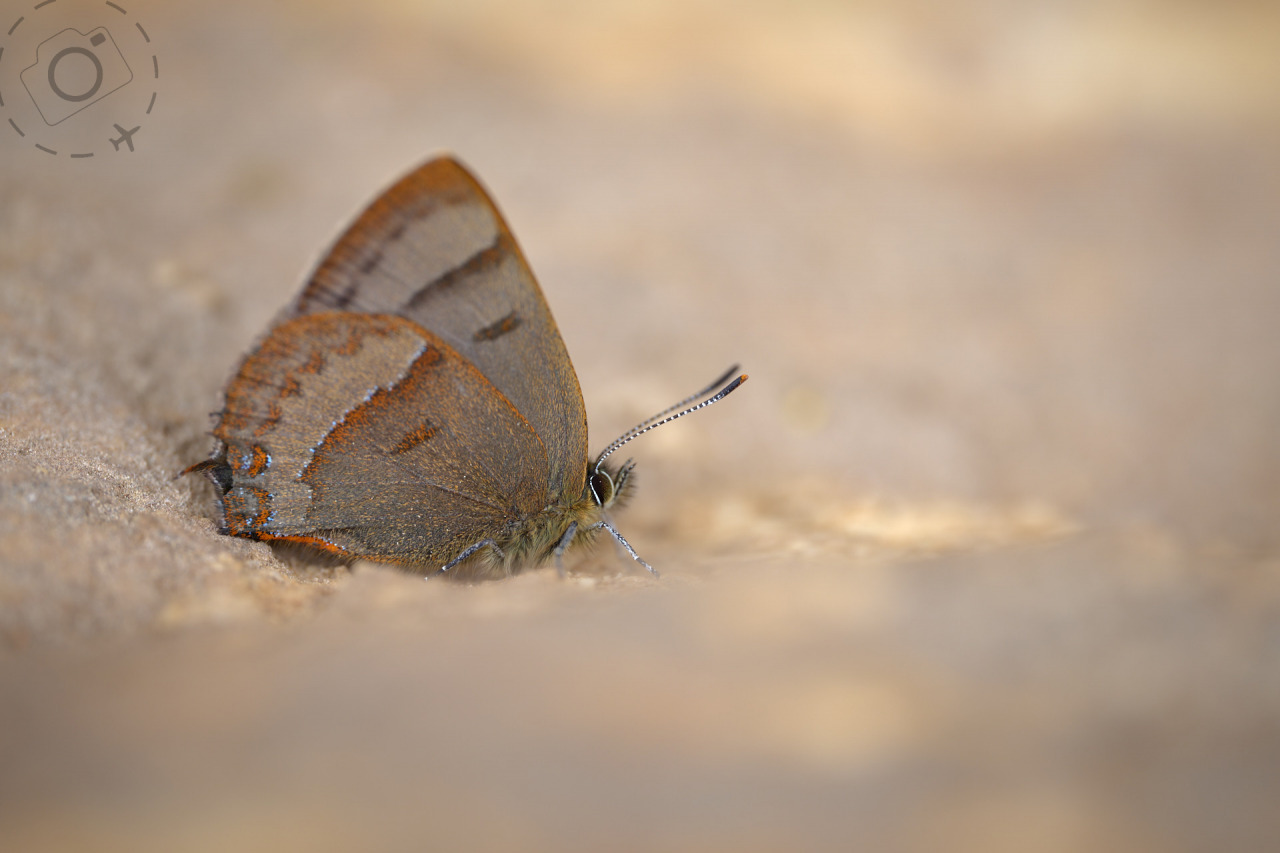
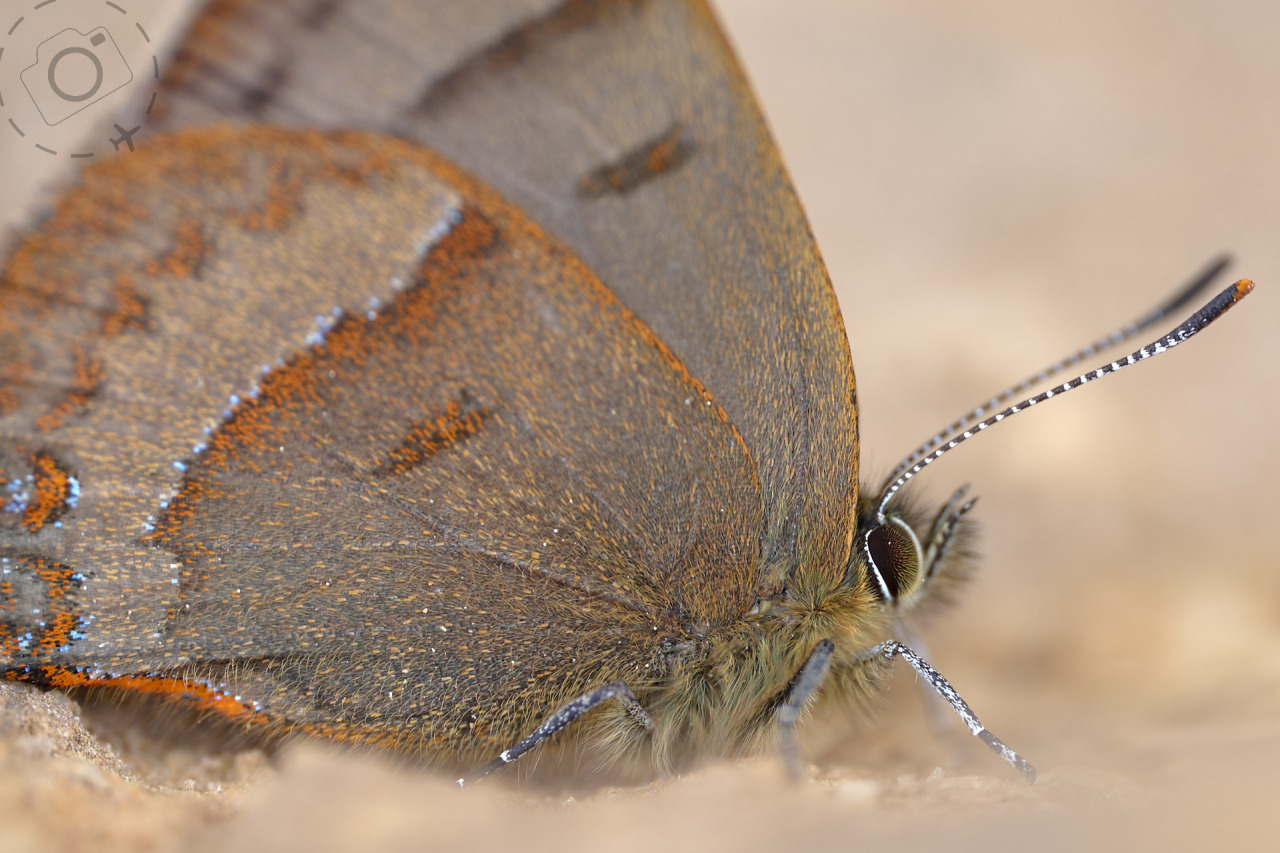
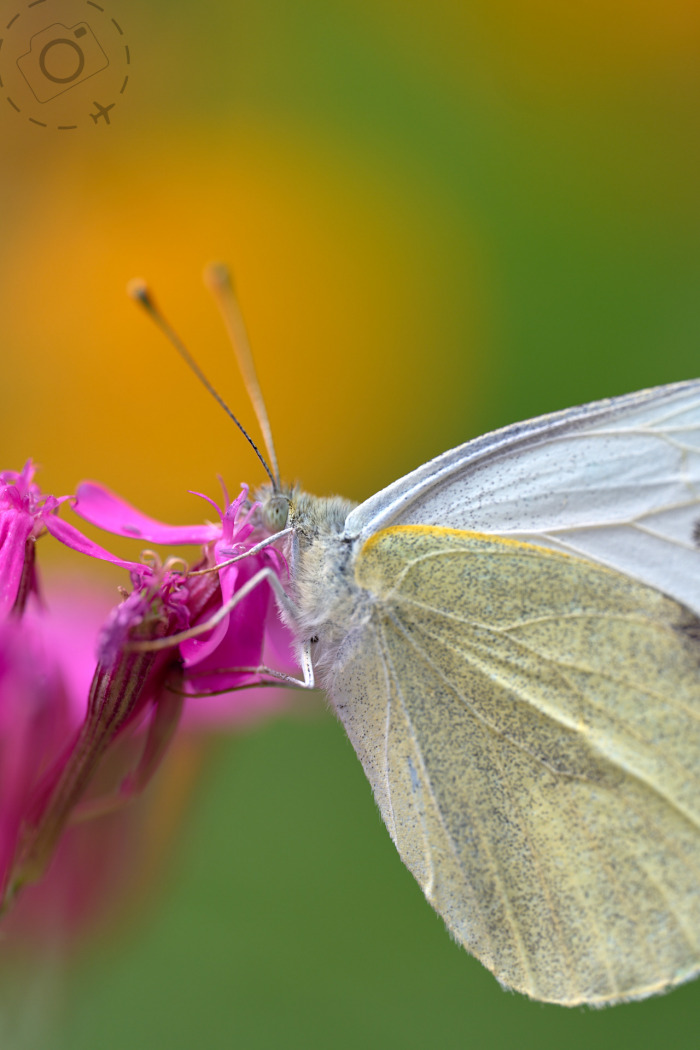
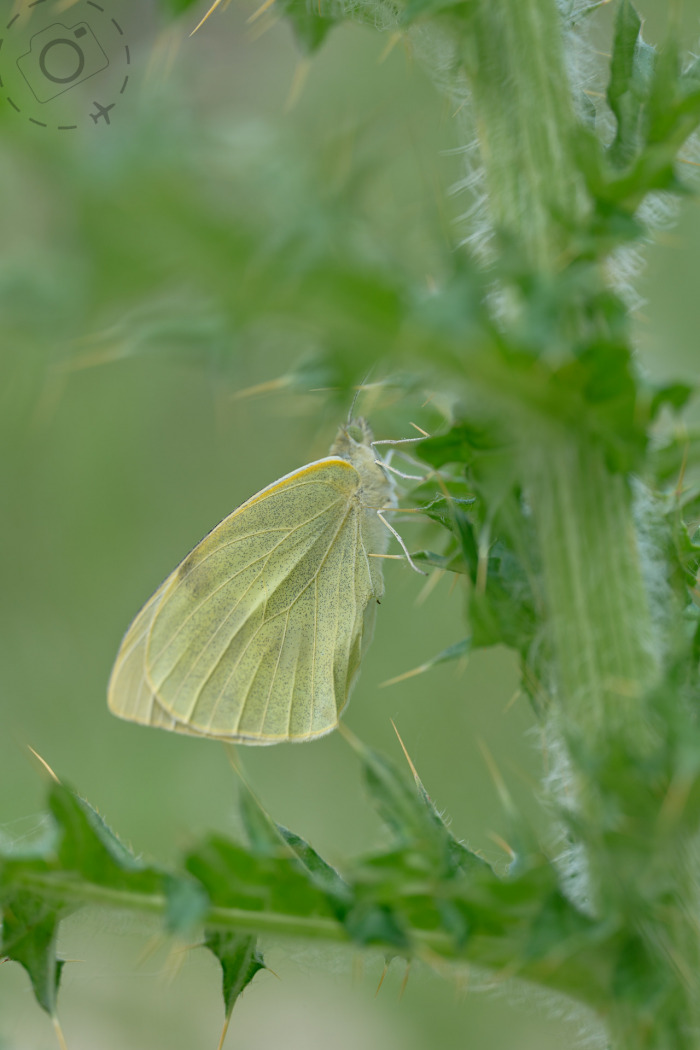
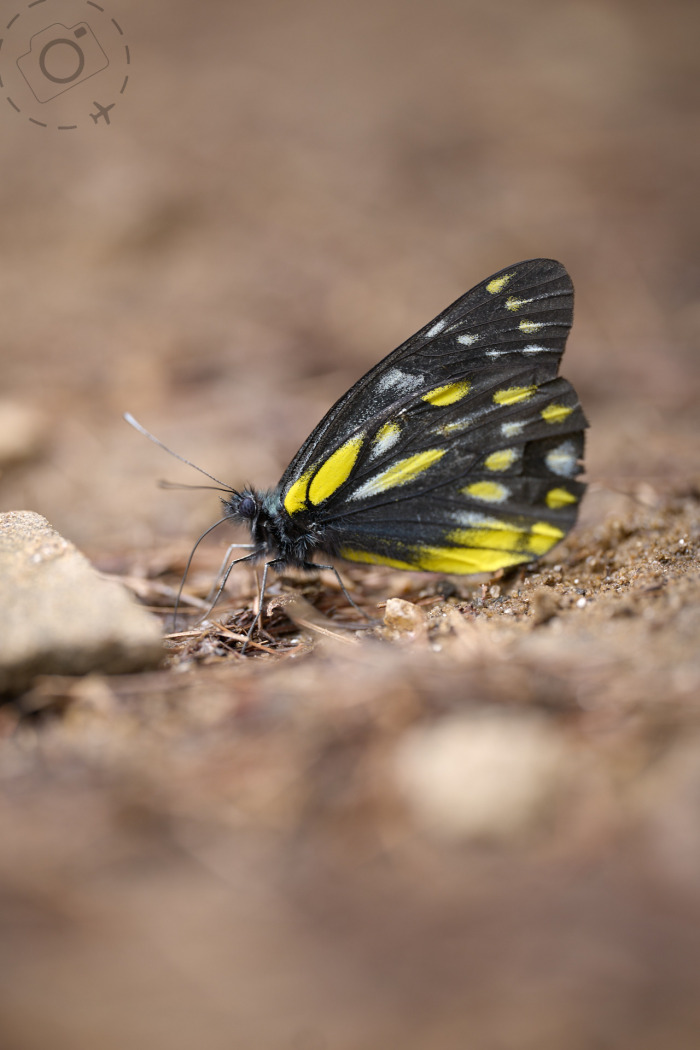
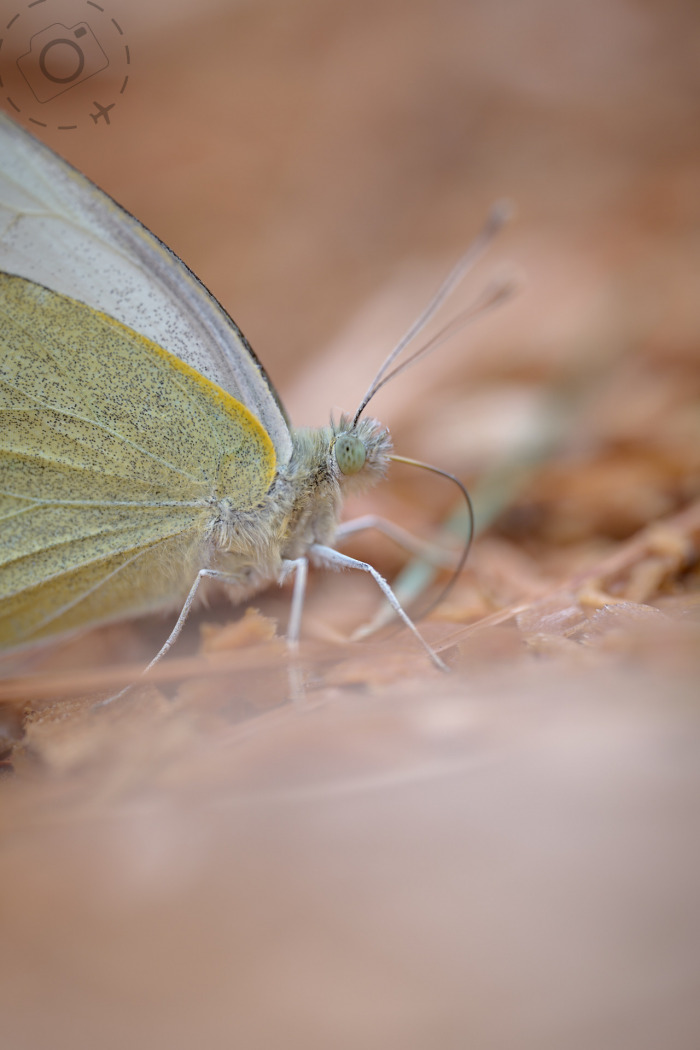
AUTOFOCUS
I should make a note here also about the luxury of shooting macro not only with a dedicated f/2.8 lens, but with autofocus. I’m shopping for a new macro lens for my LUMIX G9 now, because I do love shooting adventure trips with my smaller gear, and I want to have the same creative options for my Micro Four-Thirds gear. I’m finding a slew of very affordable manual focus macro lenses, some even going to 2x magnification instead of 1x, but not a lot of options if you want AF as well. The LUMIX 45mm F2.8 is looking like a sensible option here.
But why does AF matter when shooting macro? I don’t expect the camera will nail the AF every time, indeed I ensure I employ the burst mode and take up to a dozen shots. I know my own body movement will unintentionally push about the focus plane, just from the movement of firing the shutter, and that matters a lot when shooting at f/2.8. Sometimes I'll nail it, and sometimes I'll mess it up! So I have to repeat the process many times to be sure I get what I want.
I would do this same technique for manual focus, yes, but the difference is that AF lets me QUICKLY adjust my composition to push closer and tighter, or to back it off a bit and let more of the scene slip in. Creatively, this is so important. Quickly stepping into the right balance of scene vs subject is a powerful tool, not just a luxury.
Creatively speaking, the AF is reducing friction. It's allowing my creative flow to progress with minimal disruption. Same goes when comparing extension tubes to a dedicated macro lens. Yes they work and you can get great results by adding some cheap tubes to your 70-200mm zoom, for example, but you often find yourself jammed into a creative corner for composition because the working range of the modified lens is now limited by those tubes. Hitting those limits while you're trying get a creative flow happening is going to add friction to your expression.
CONTEXT
Context is such a huge part of composition, by which I mean things like the flowers or leaves or droplets of water or rays of sunlight even. These are all part of the story, and when chasing butterflies I want more than just the butterfly.
These little pieces of context are also clues to how to find butterflies in the first place. My first suggestion is to give yourself a moment to pause and take in the surrounds. Don’t just walk through a landscape but stop and breath it in, and notice what’s going on around you. Some butterflies are drawn to the muddy soil on the edge of a creek. Some are hopping between flowers in a meadow. Some are dangling from tree branches in the shade. Observing what flora they are drawn to, and even the time of day they are most active, really helps make a butterfly-walk extra rewarding. In the Himalayas I notice that some butterflies like yellow flowers, and others like the purple/blue tones. They are specific in their tastes.
I tend to only notice butterflies while in flight – that’s when they catch my eye. Often I’ve started walking towards a butterfly that just landed, and nearly stepped on another that I didn’t even see. As you make a habit of looking for them, you do start to see a lot more of them and a lot more types of them. Instead of just noticing the big white ones popping all over the place, you start to see the little ones and the better camouflaged ones too.
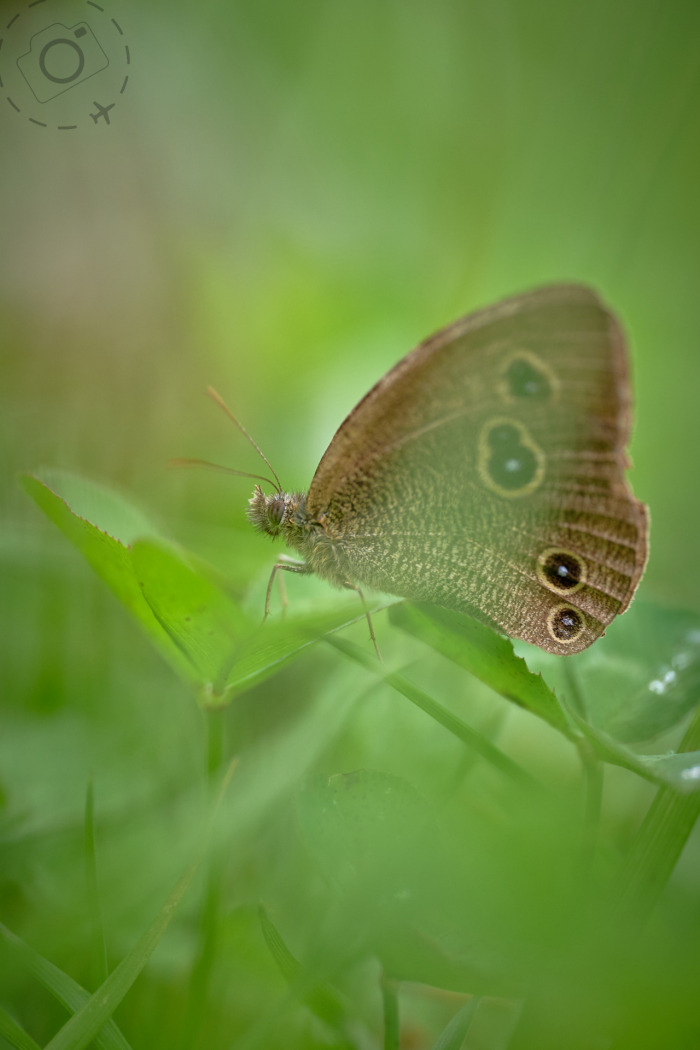
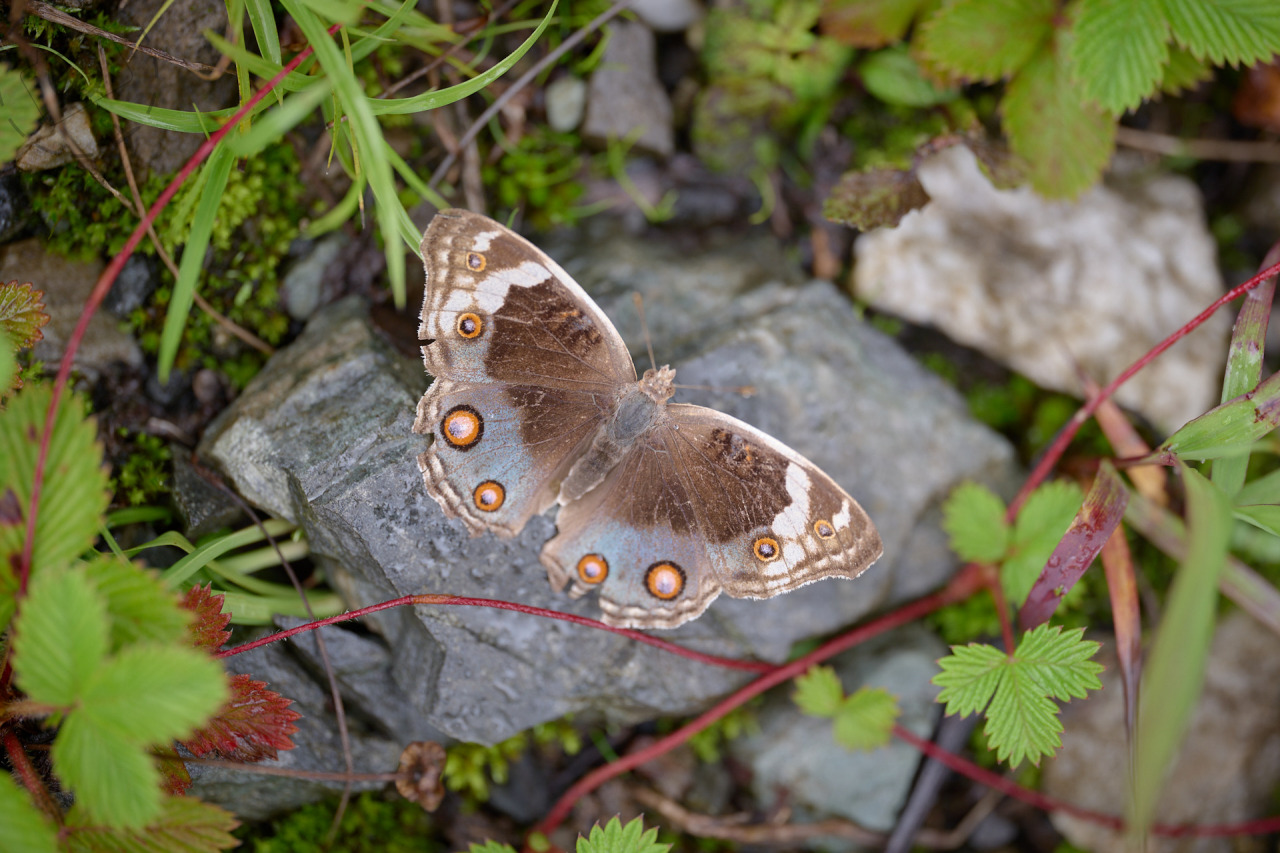
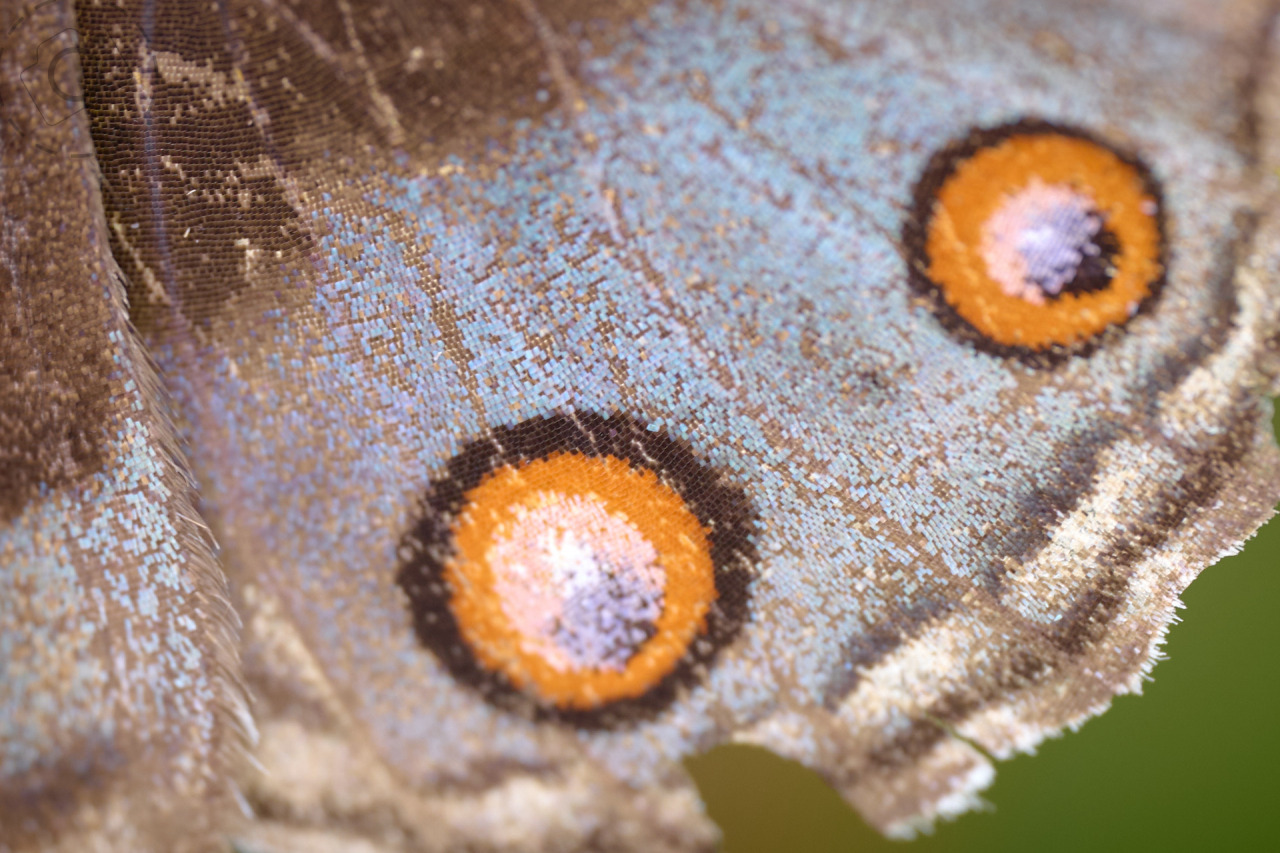
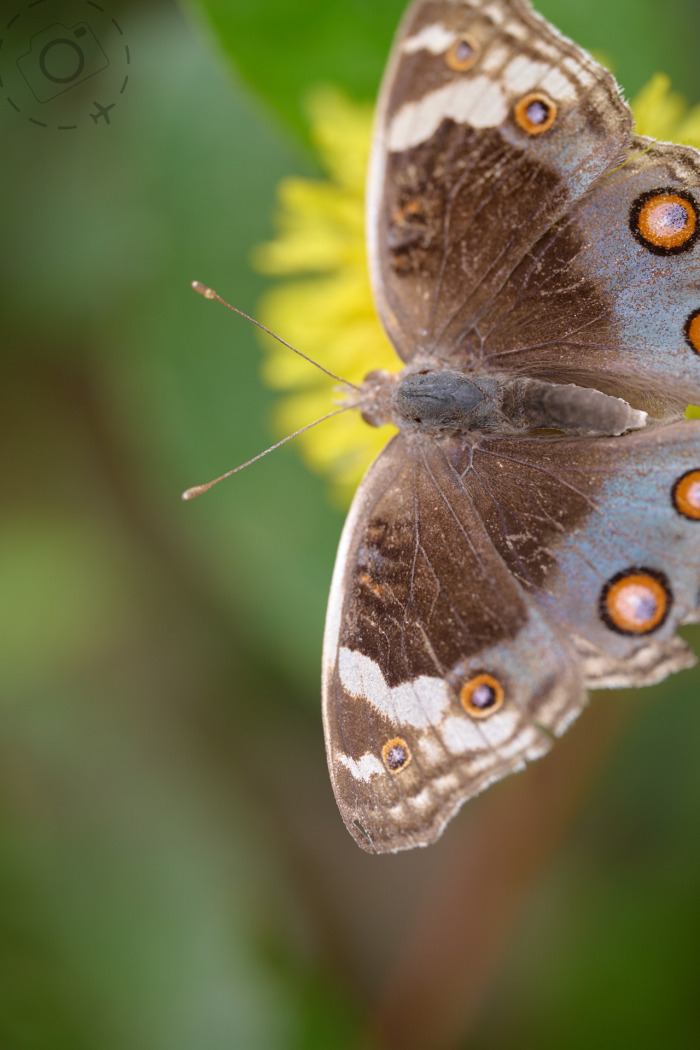
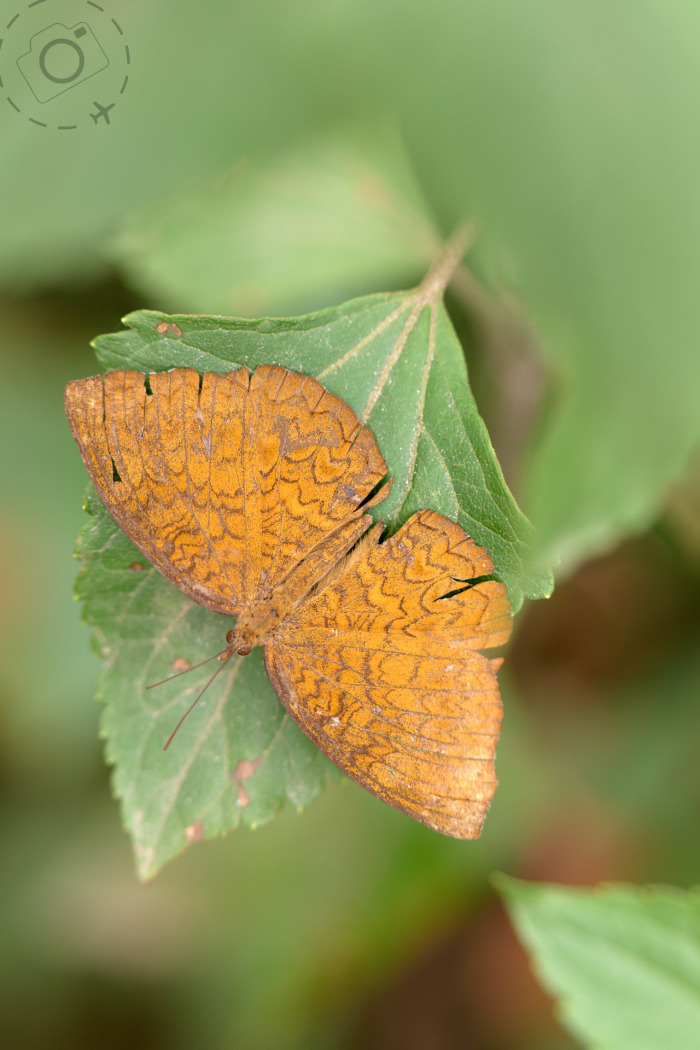
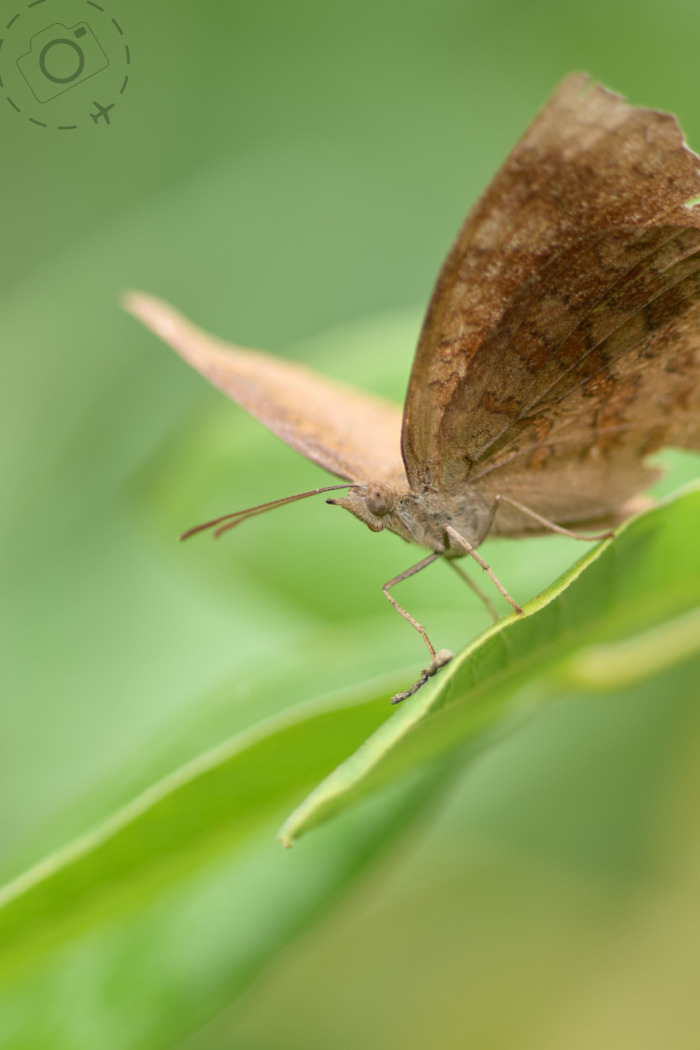
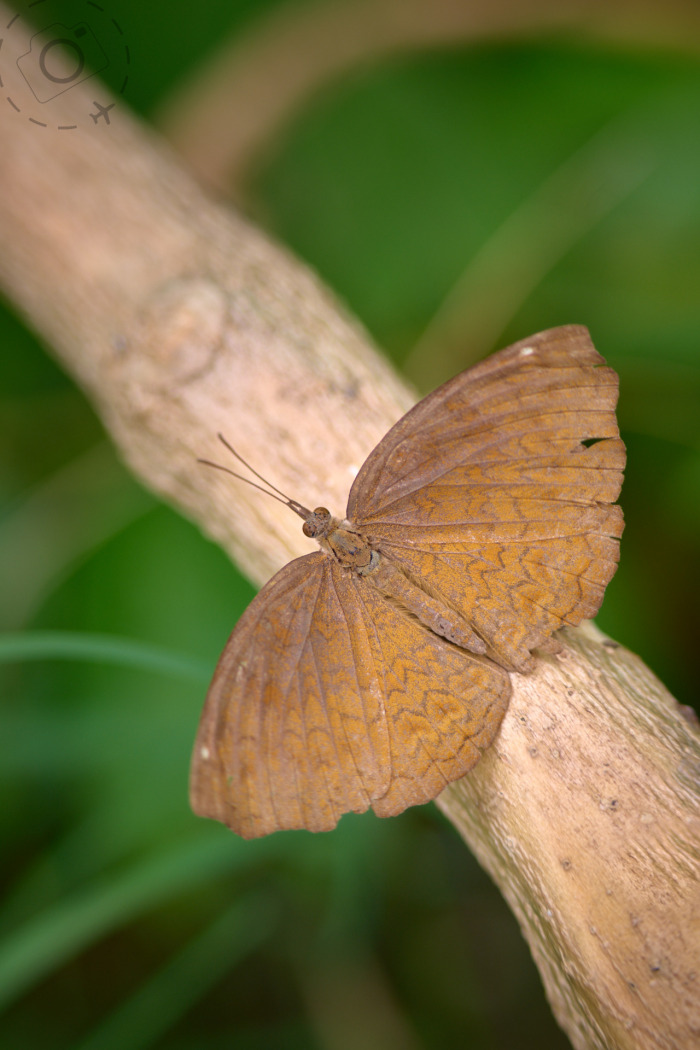
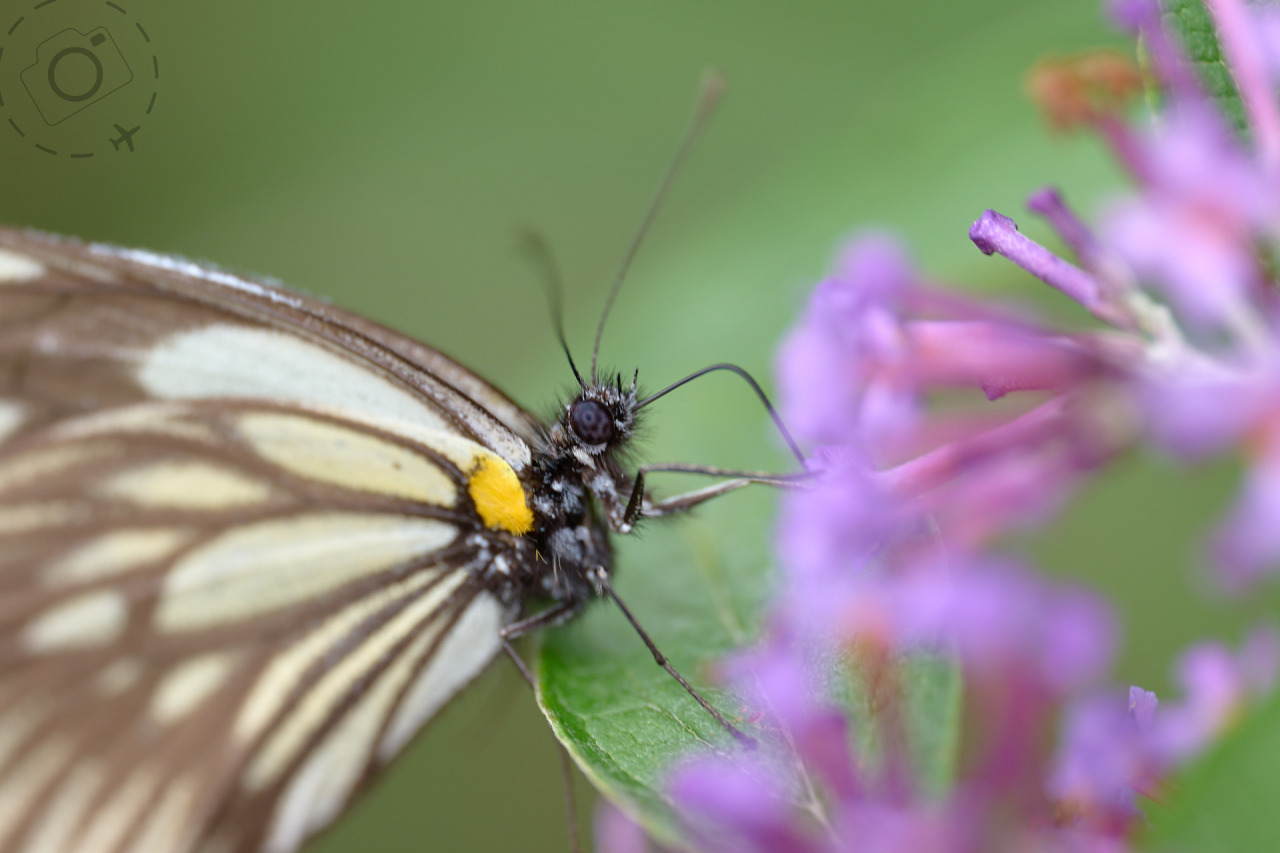
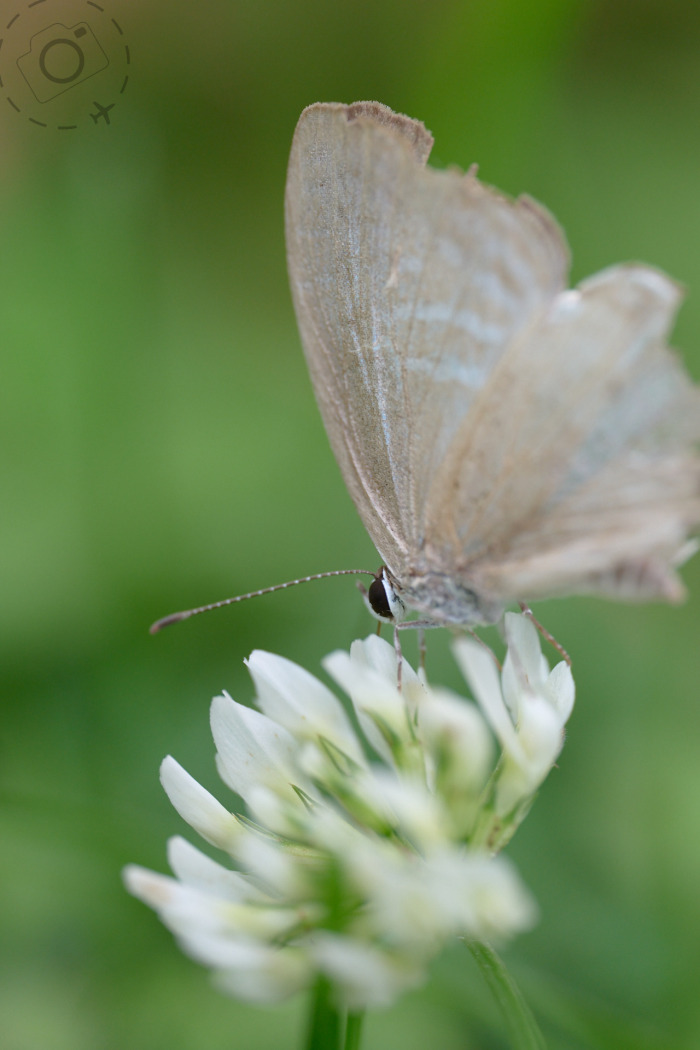
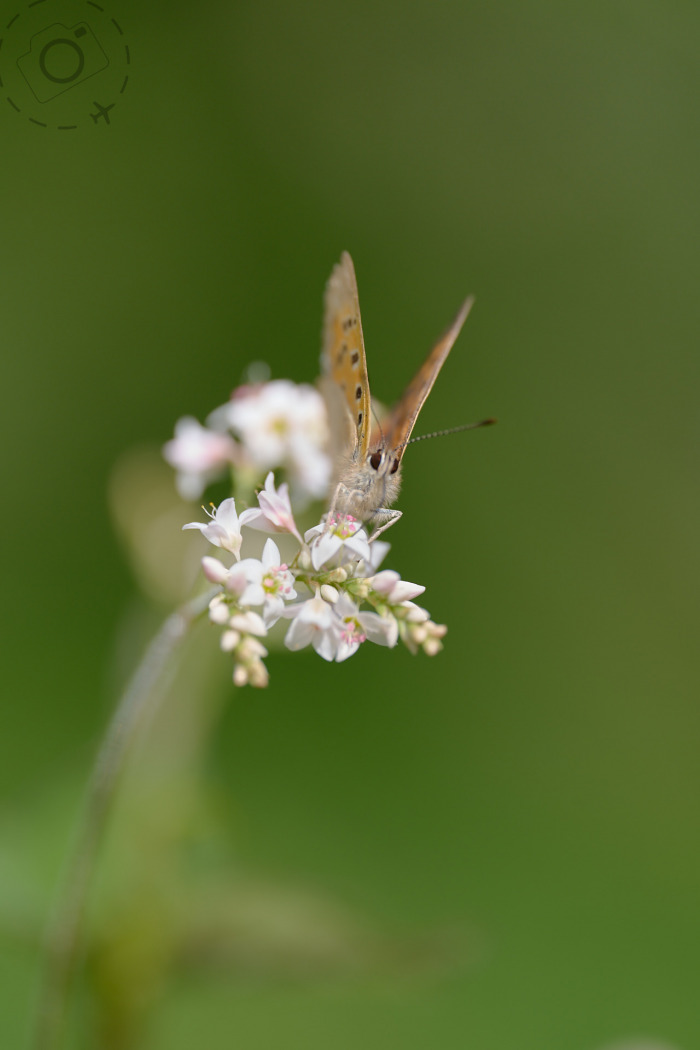
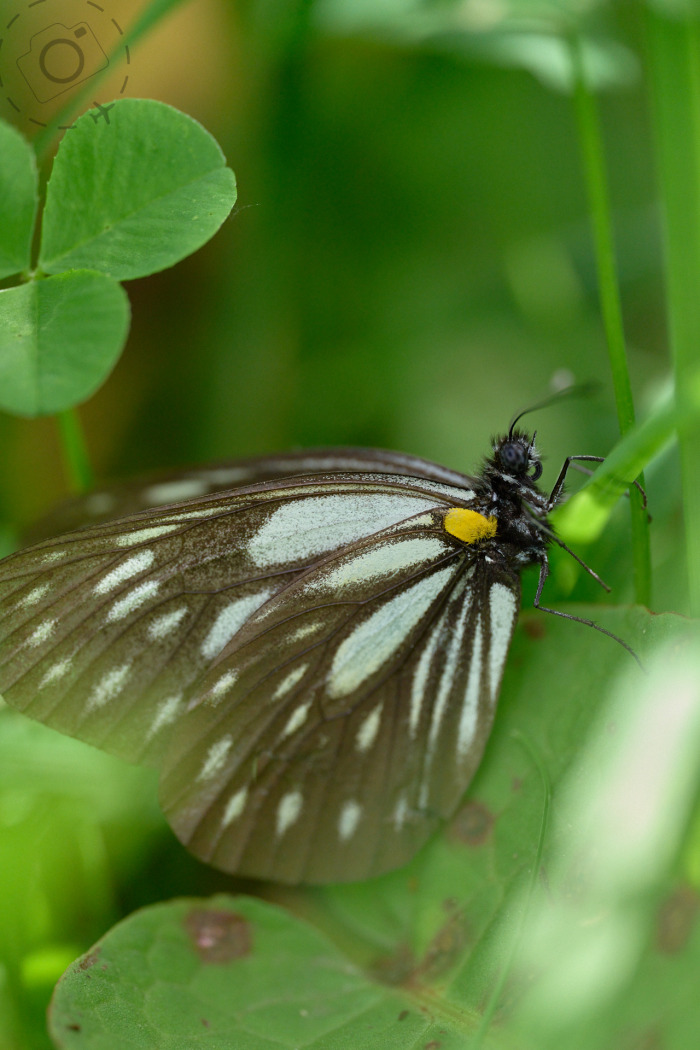
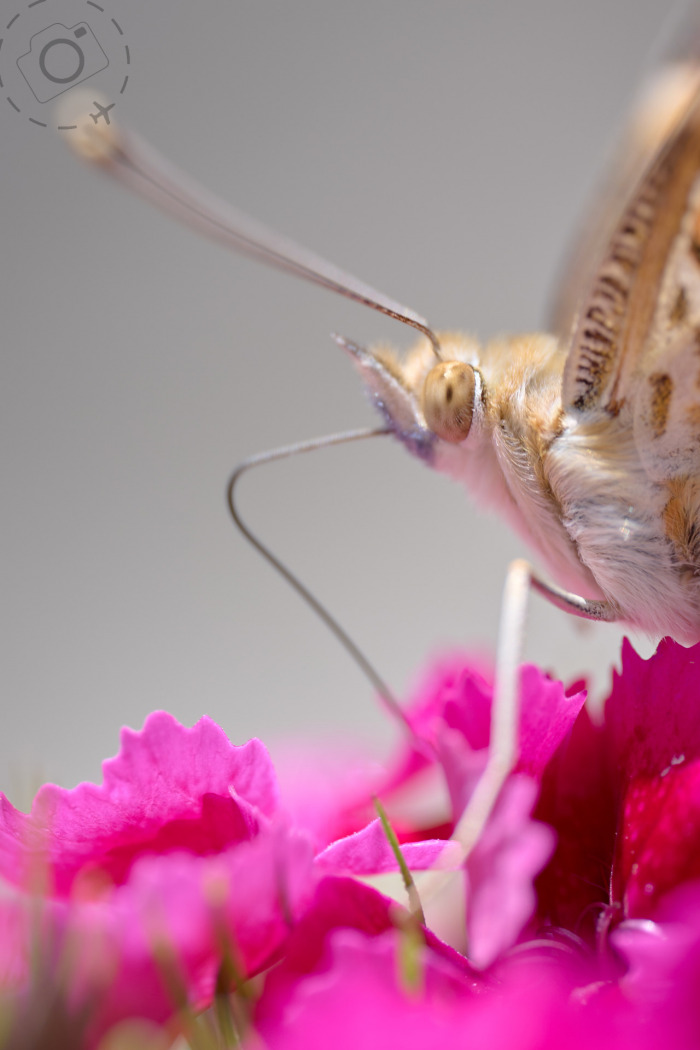
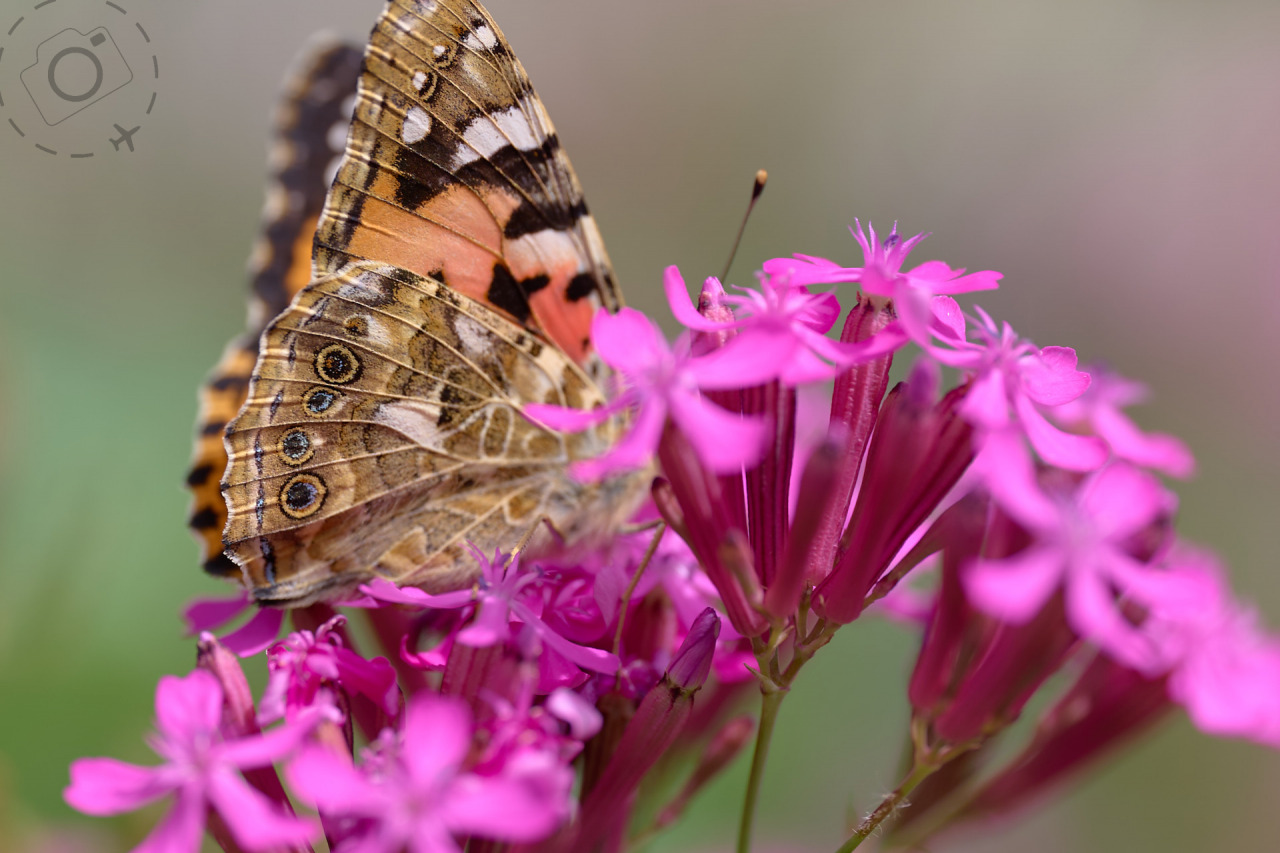
Sometimes the behaviour of a particular species will cause me grief. I've lost track of how many times I've watched a certain red-white-and-blue species flitter past our bus while driving about. I suspect they enjoy the uninterrupted space of roads in the same way we humans do. Only once have I seen this butterfly while on foot, and we watched it disappear into the distance without so much as a hint that it might land. My other frustration with butterflies is that a brilliant flash of colour while flying is suddenly lost to the camera when landed, as they close up their wings and hide the pretty colours.
So I try to go with the flow, and just accept the moment as it is presented. I'm not here to document the scaly identification of 670 species. I'm here to enjoy myself by taking a few lovely photos.
People often ask me why I love photographing in Bhutan, and usually I talk about the people and the architecture and the landscapes and the festivals and let's not forget the birds. They're all marvellous. But now I can tell them that butterflies are a genuine attraction too.
– Ewen
PS, You can find out more about the macro lens I used for these at this link:
https://ewenbell.com/blog/Sigma_105mm_F2.8_DG_DN_Macro_Art
Another PS, I've just spent another couple of months in Bhutan and Nepal, but this time in late Autumn, and it's interesting to see that there are still lot of butterflies about some parts of the Himalayas even as the weather gets colder. Once the overnight temps drop below zero things change, but I've seen a lot of familiar species about even at the end of November.
I've just visited Trongsa Dzong and while walking through the nearby gardens I was surrounded by butterflies and about ten different species. Including my favie little Azure Sapphires :)
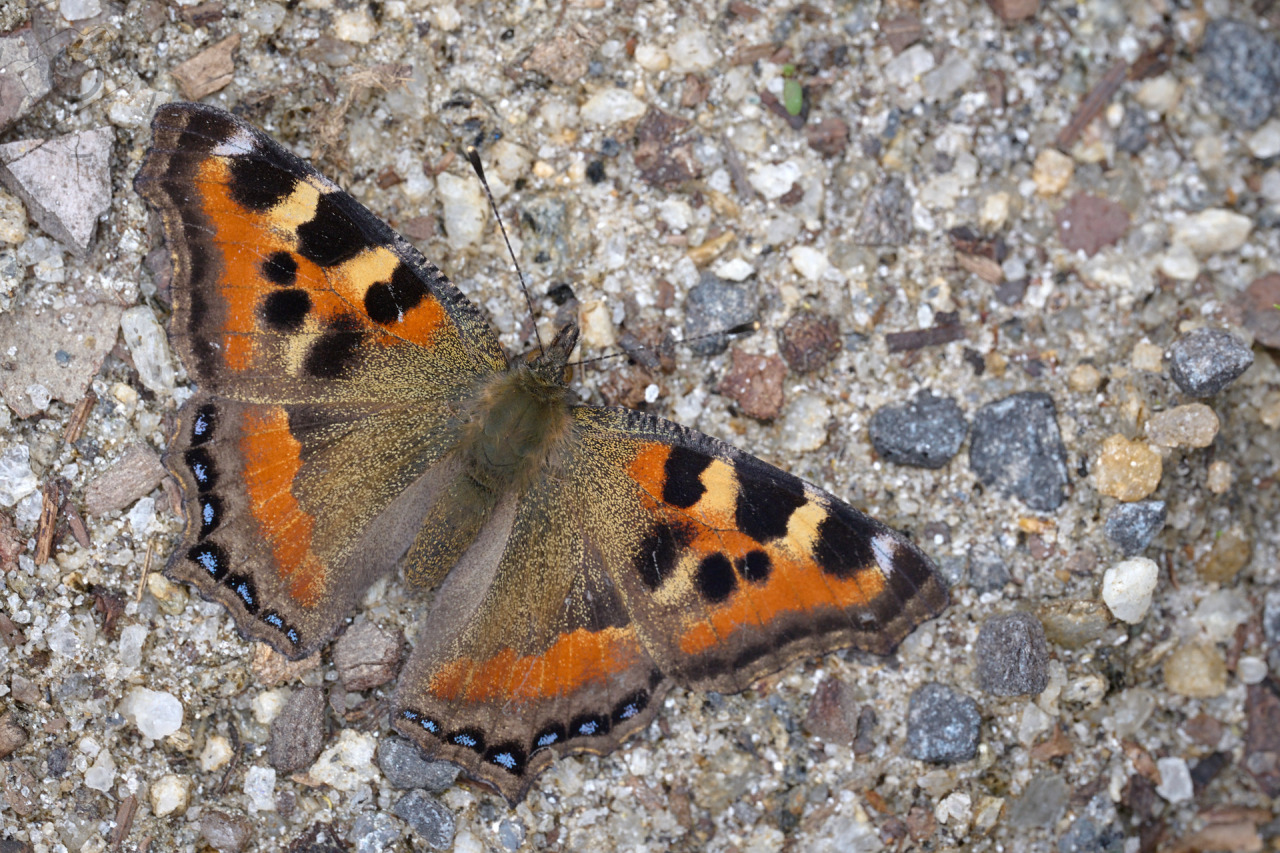
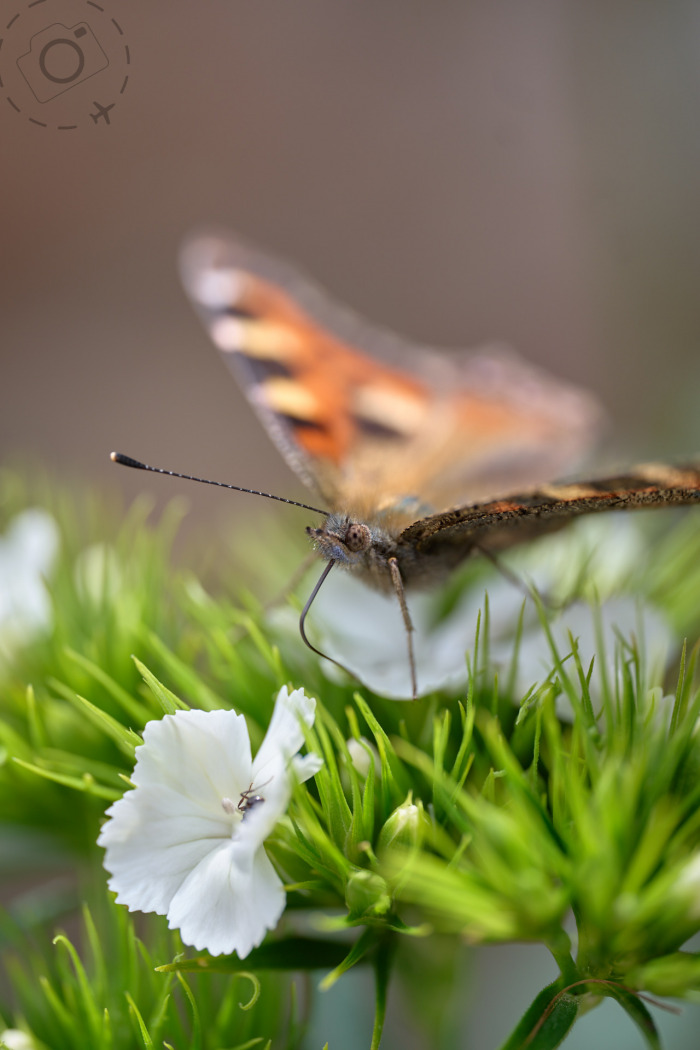
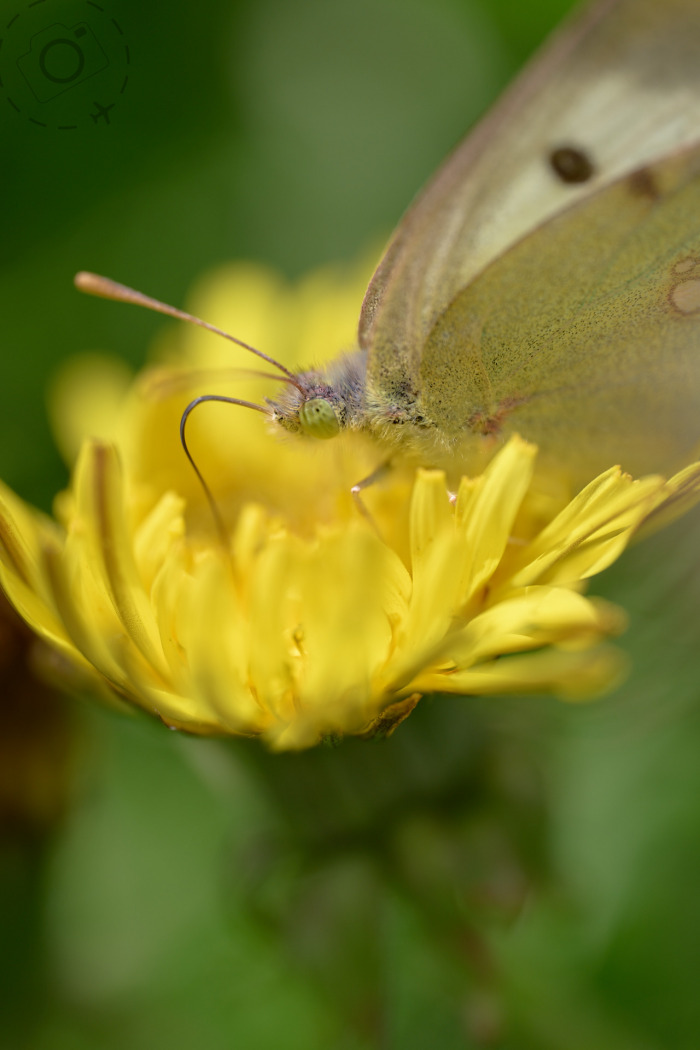
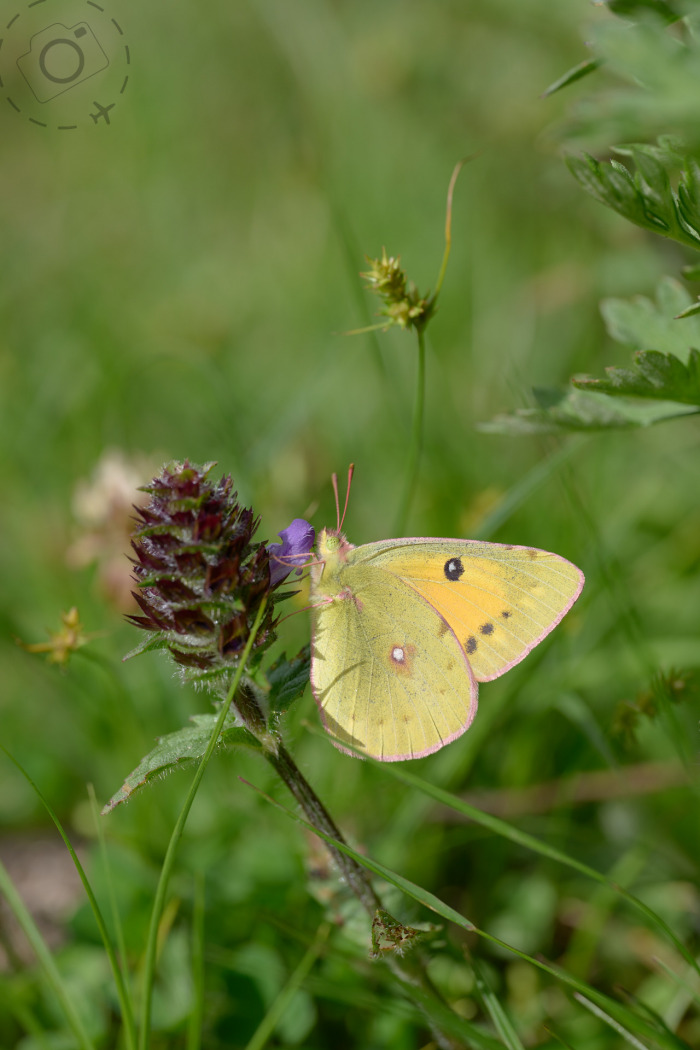
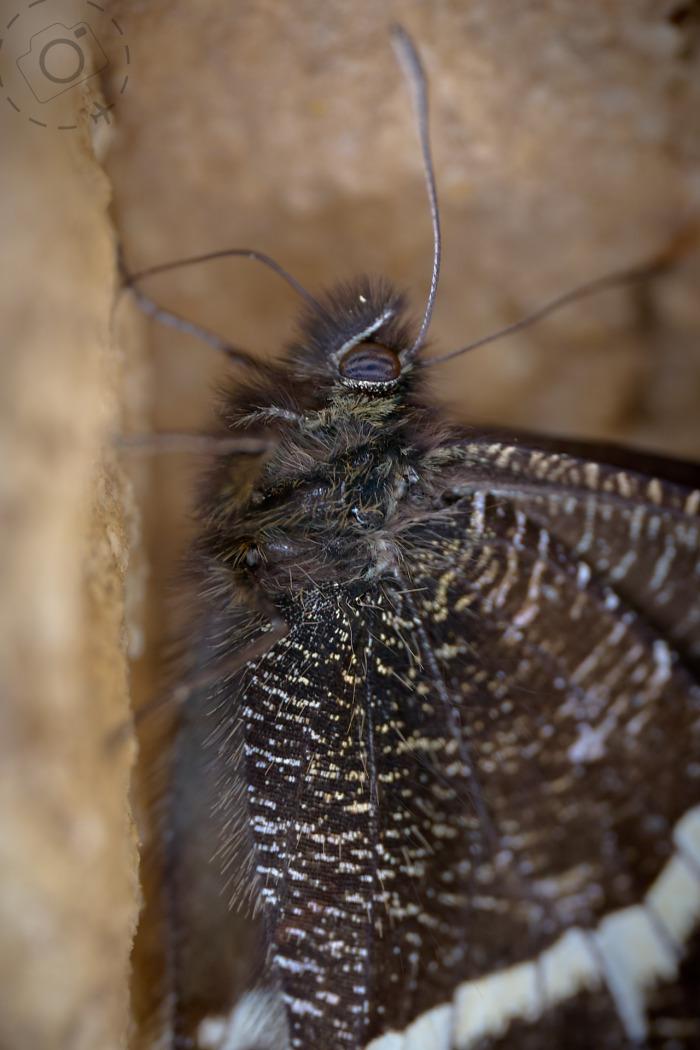

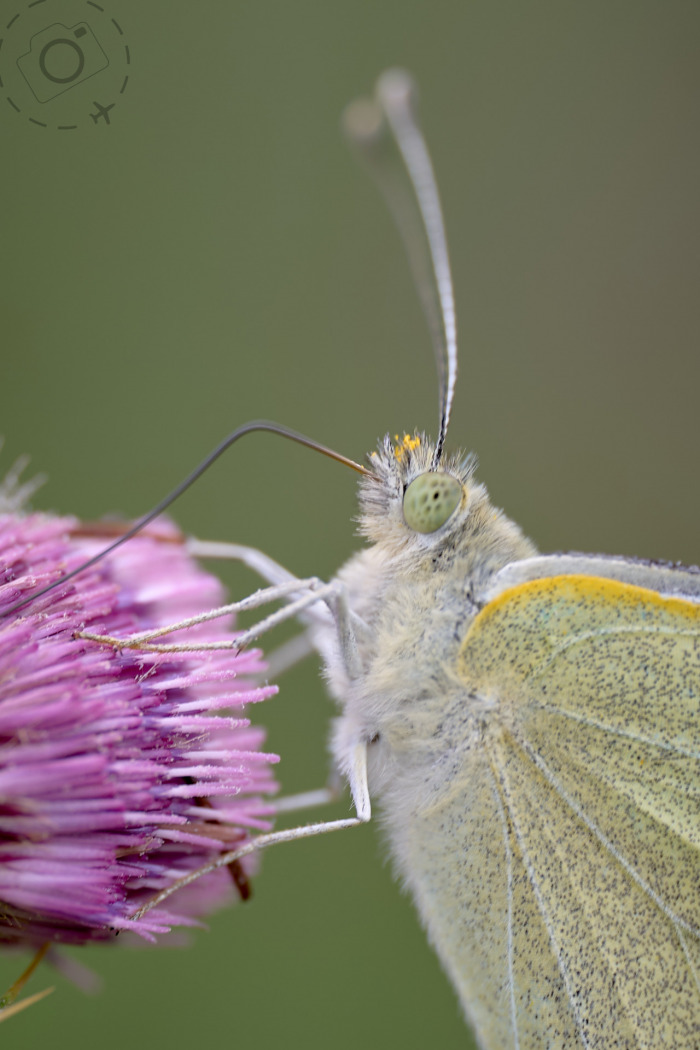
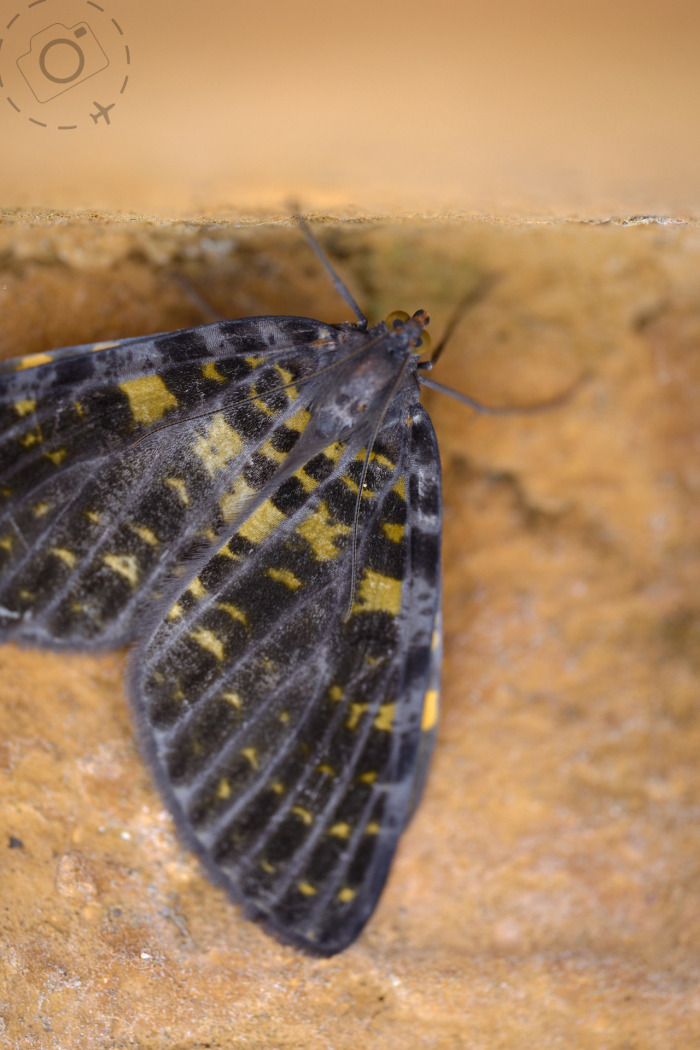
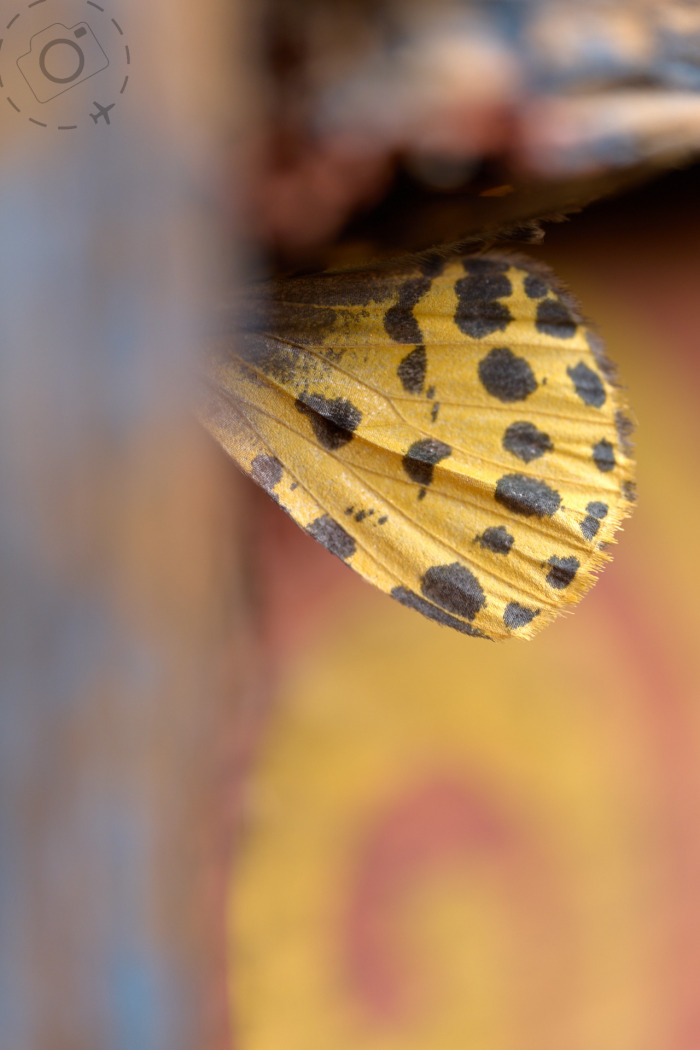
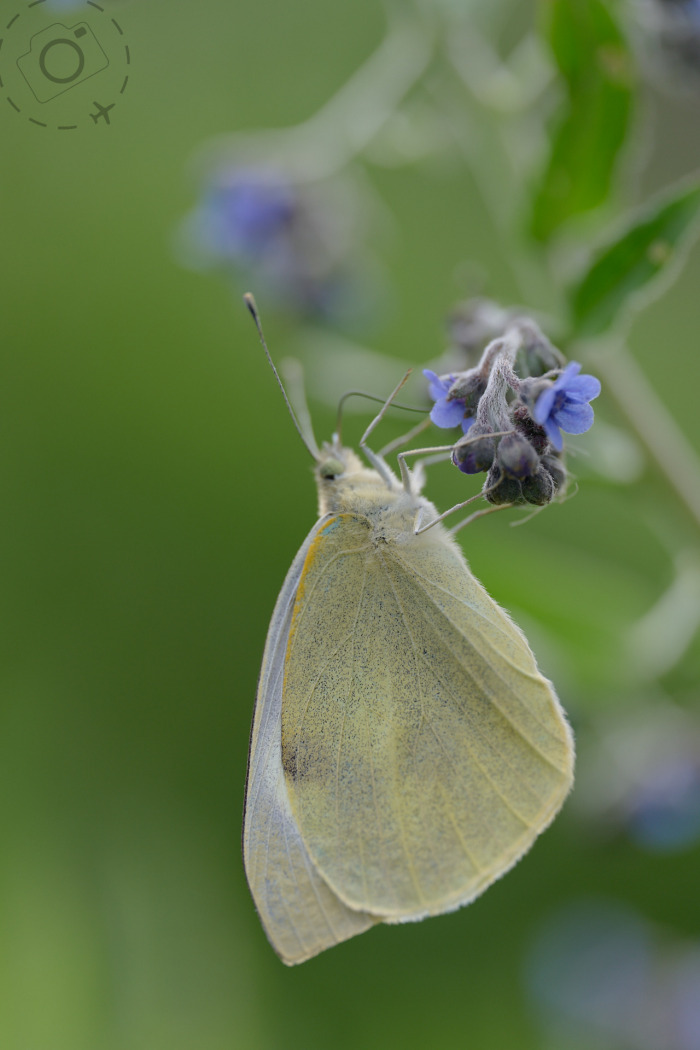

Keep Reading
Join Ewen's newsletter for monthly updates on new photography articles and tour offers...Subscribe Here

